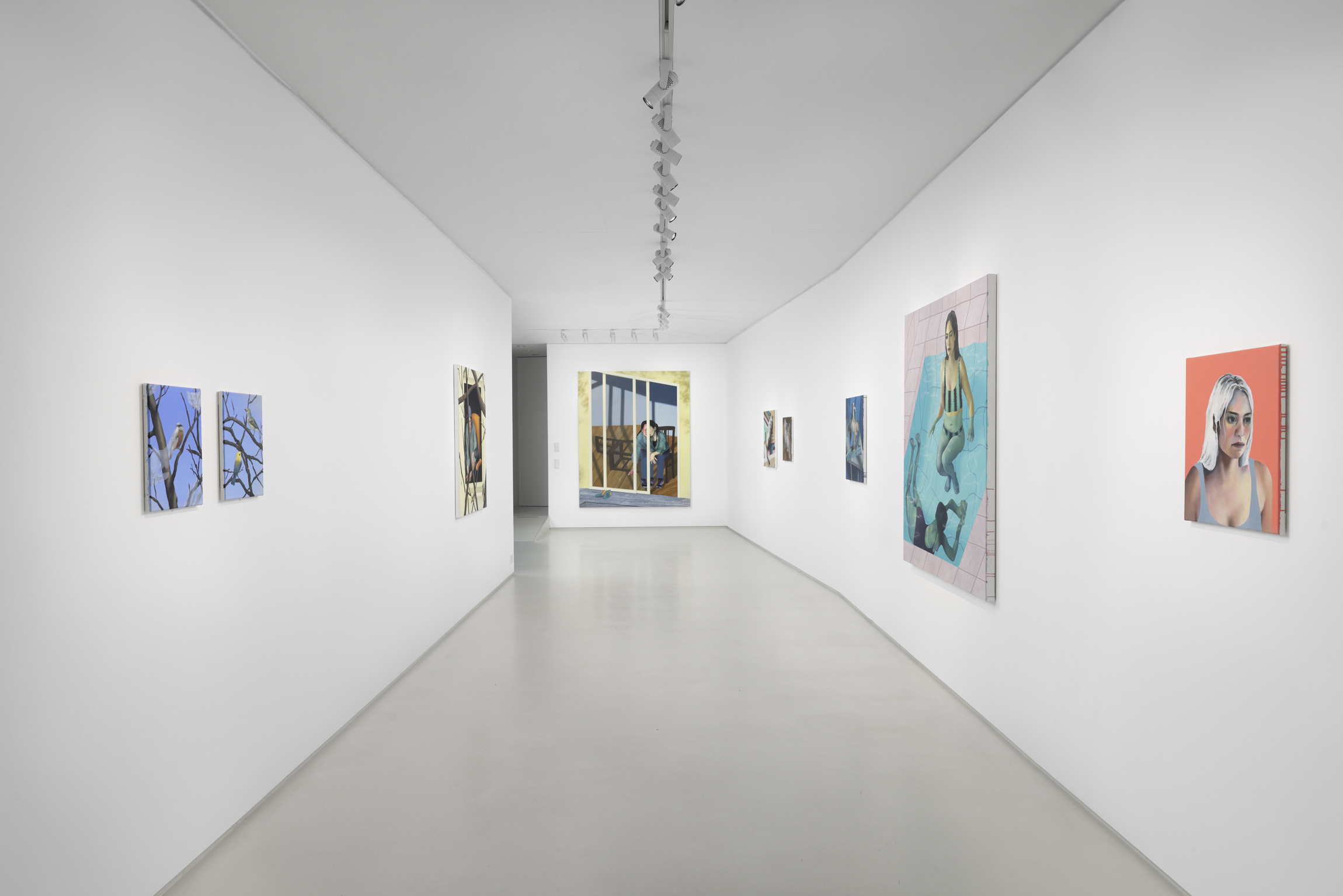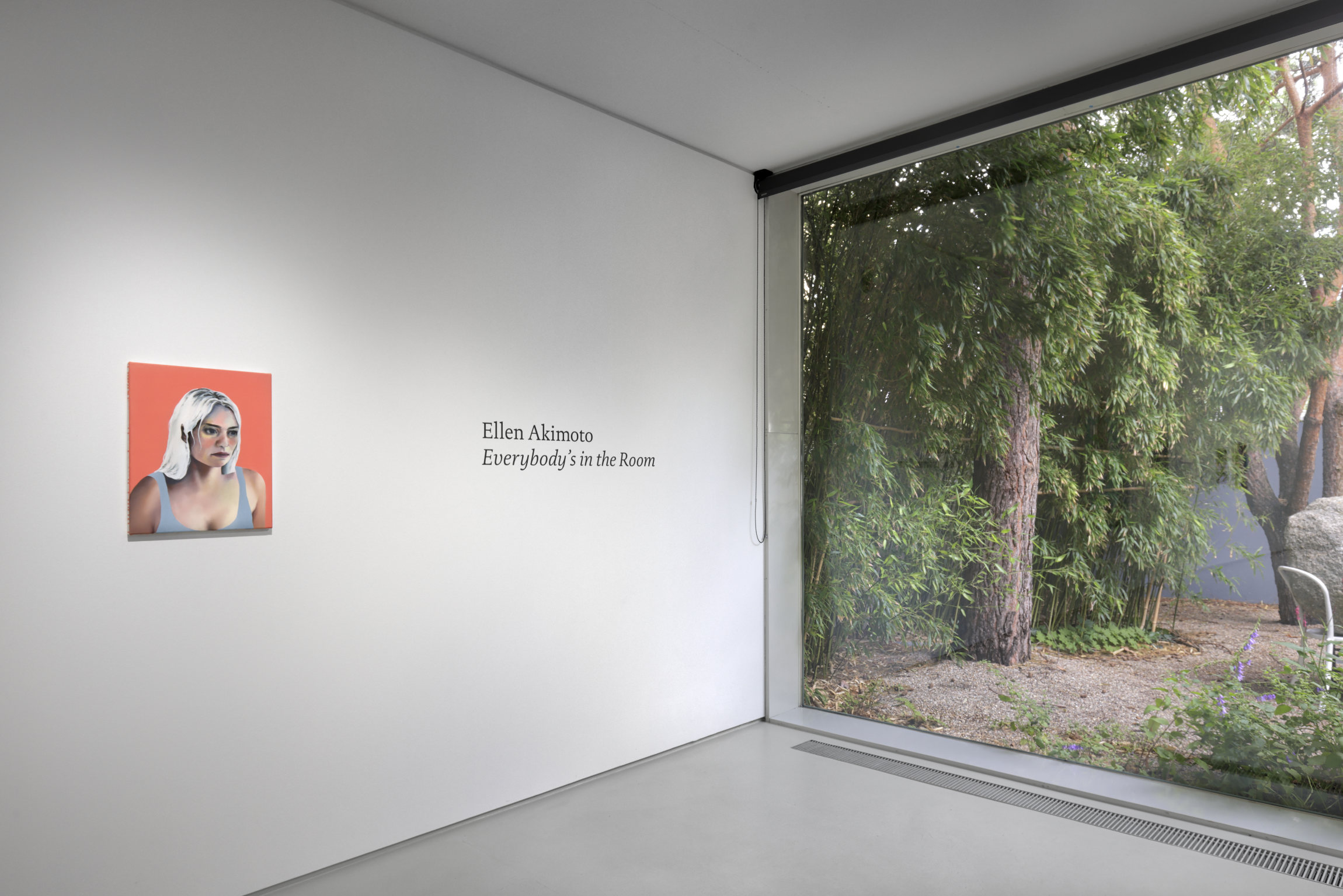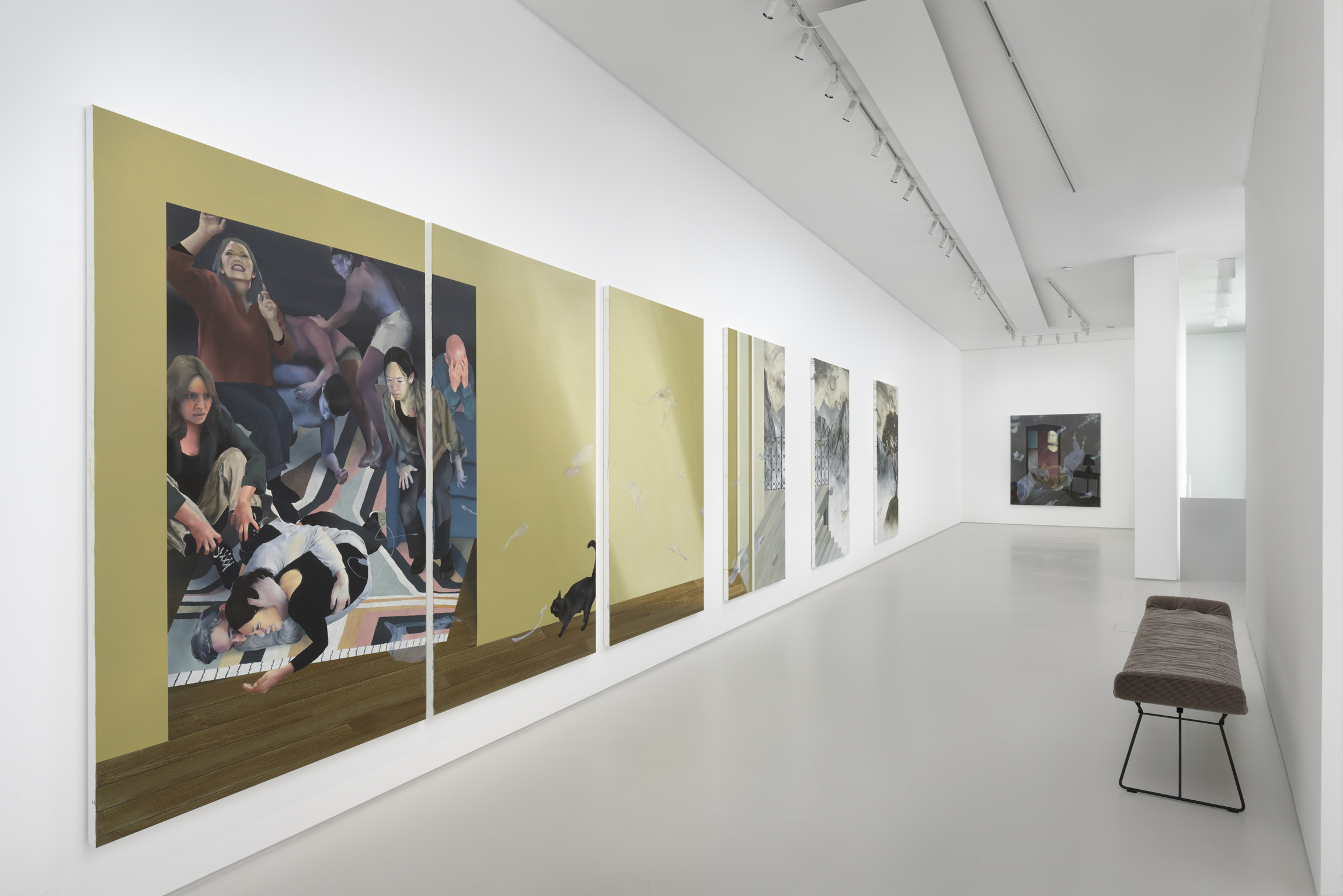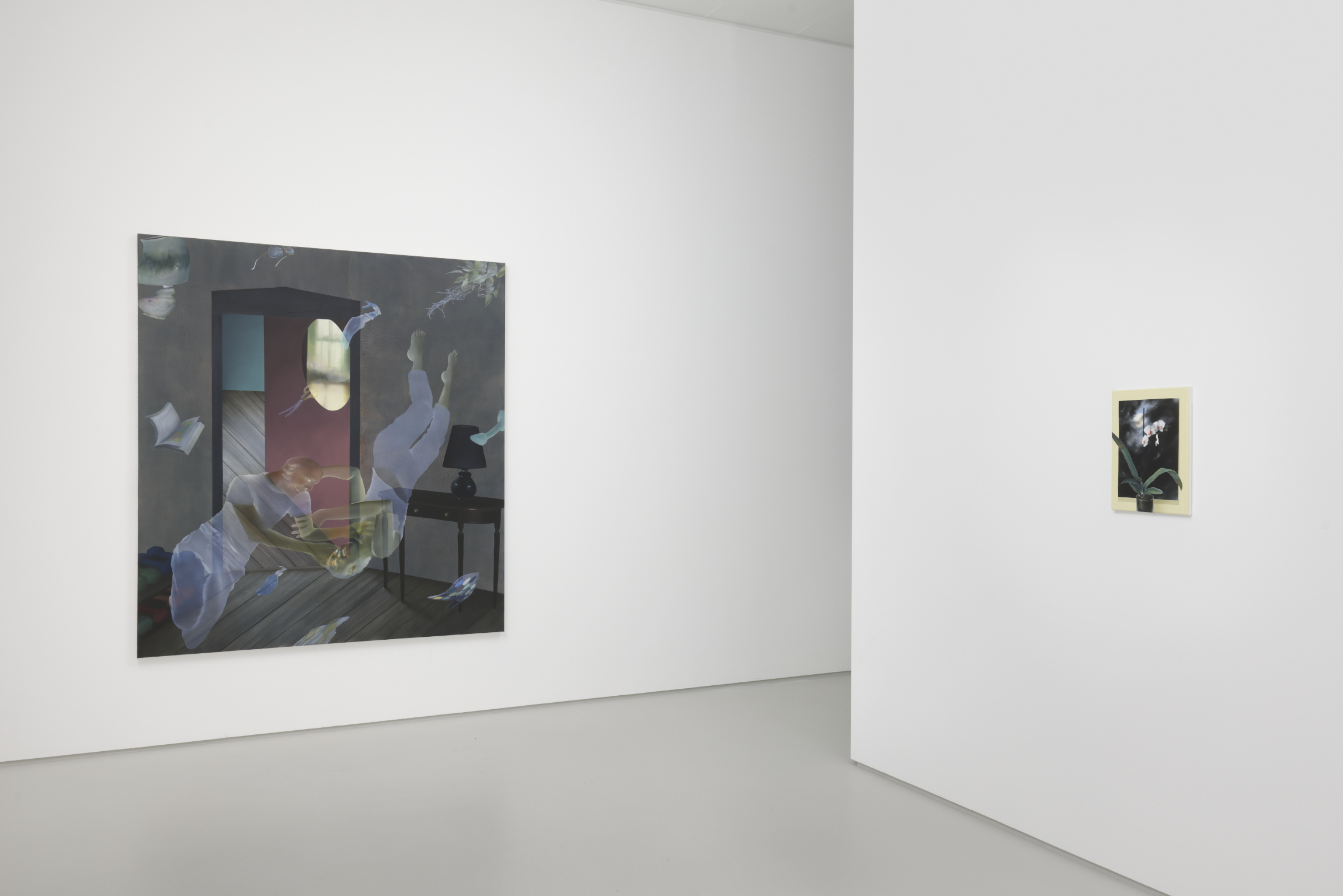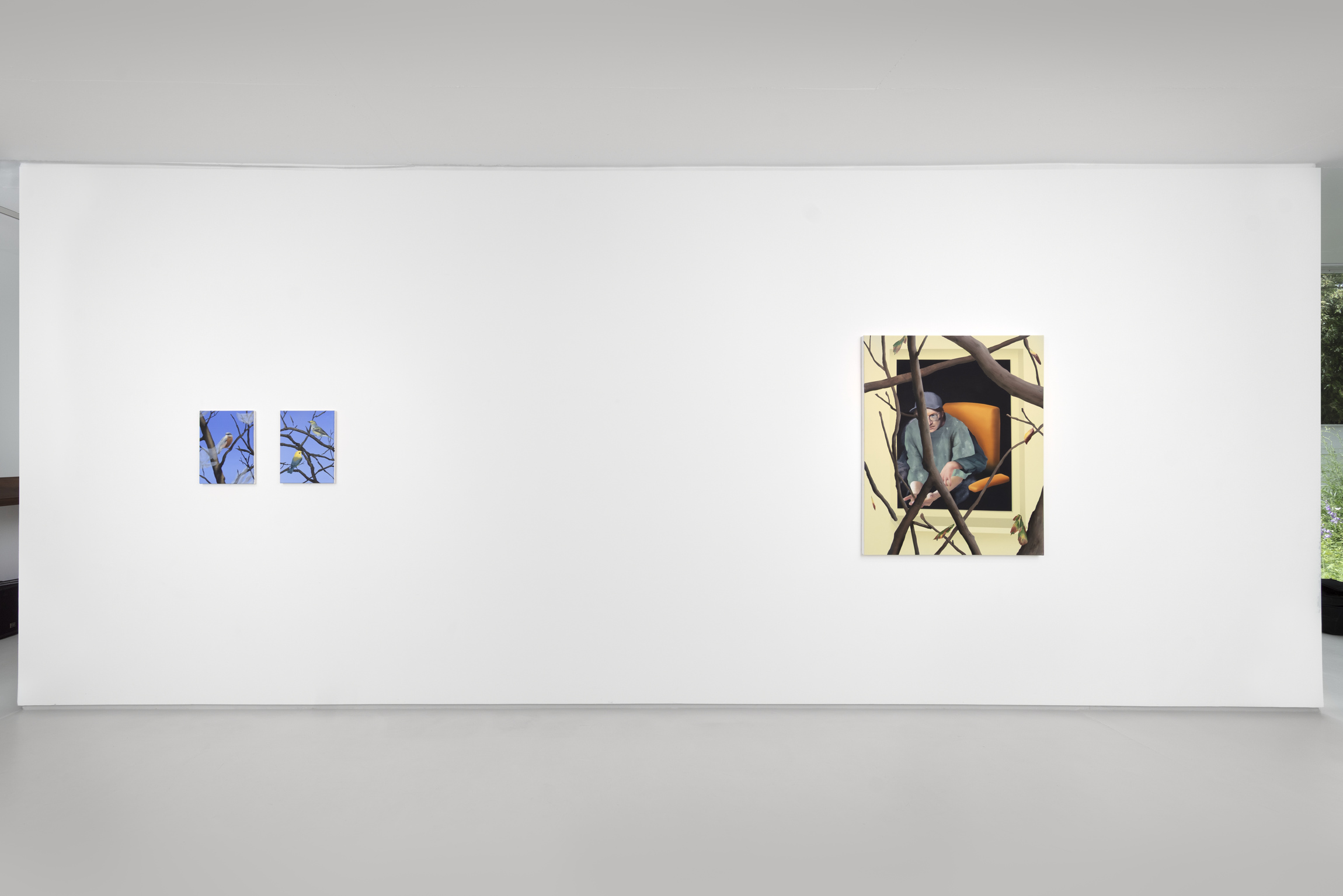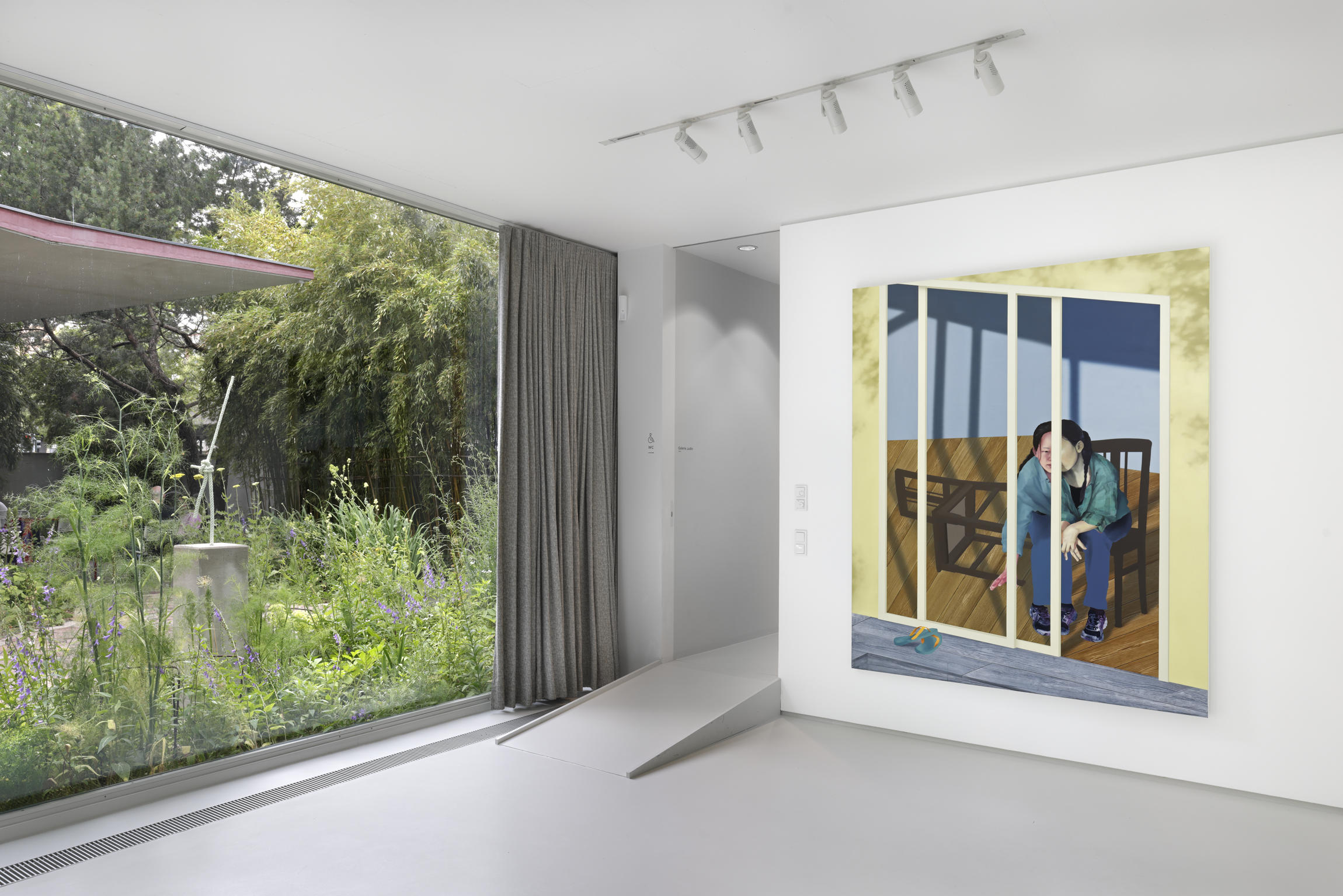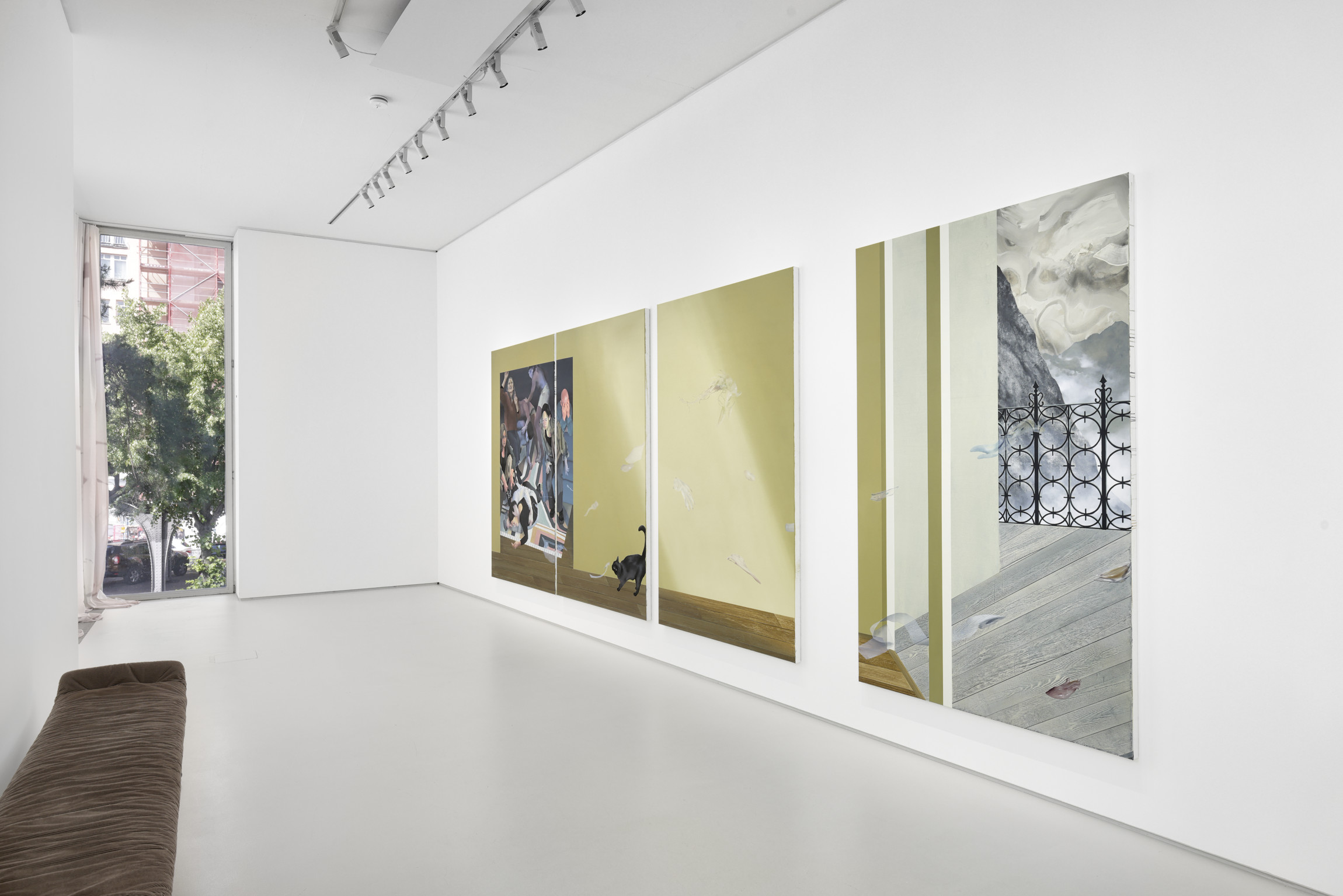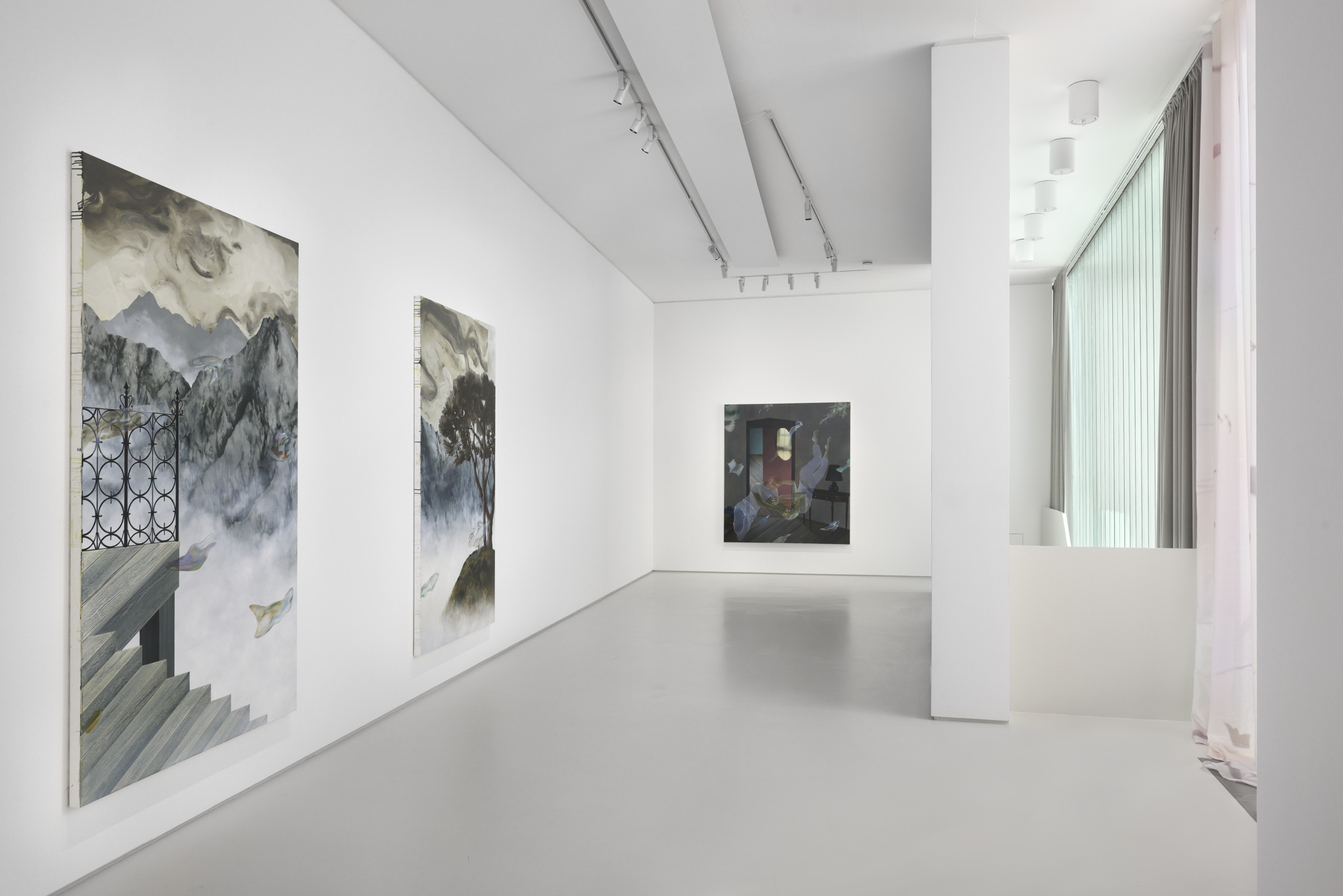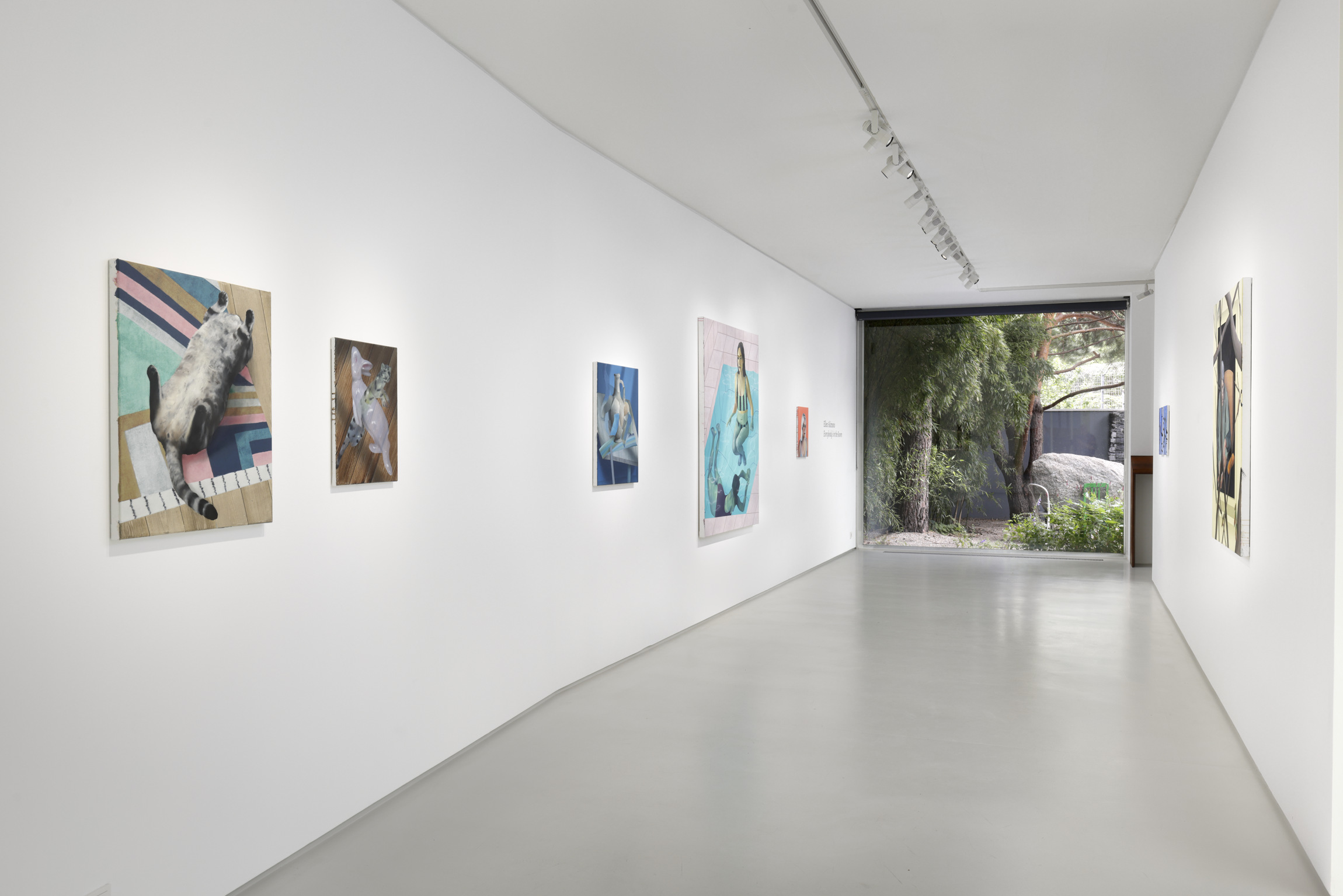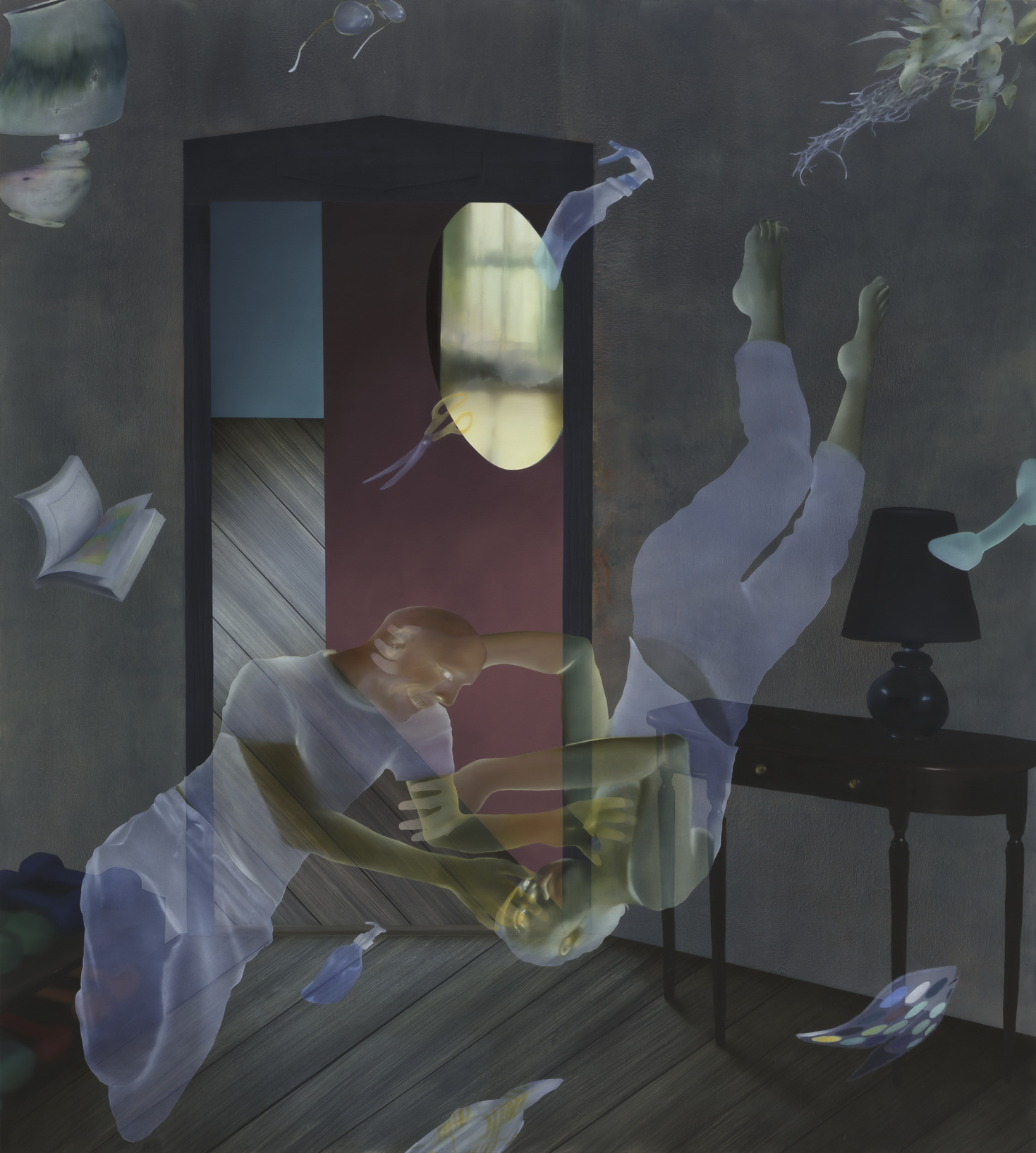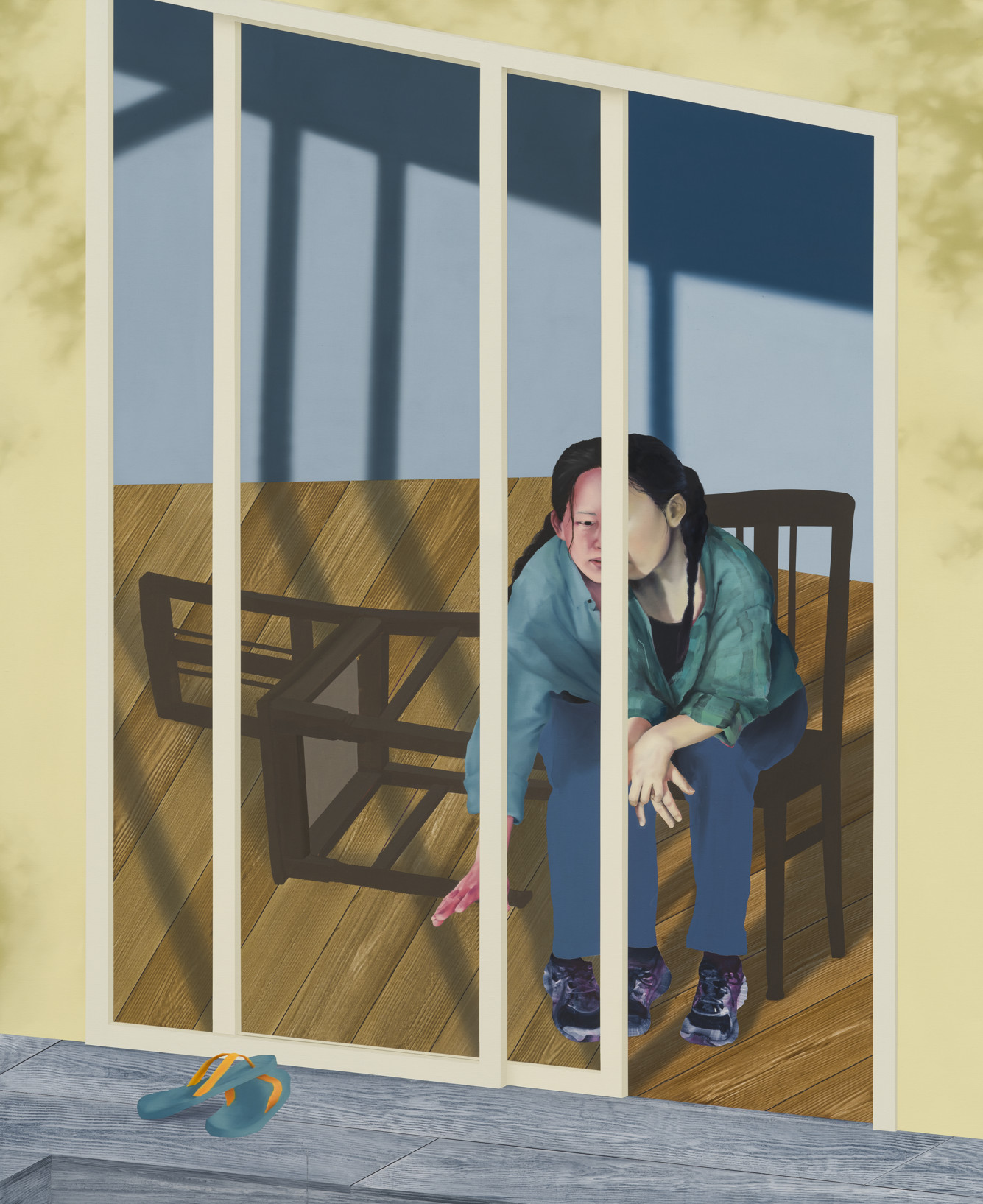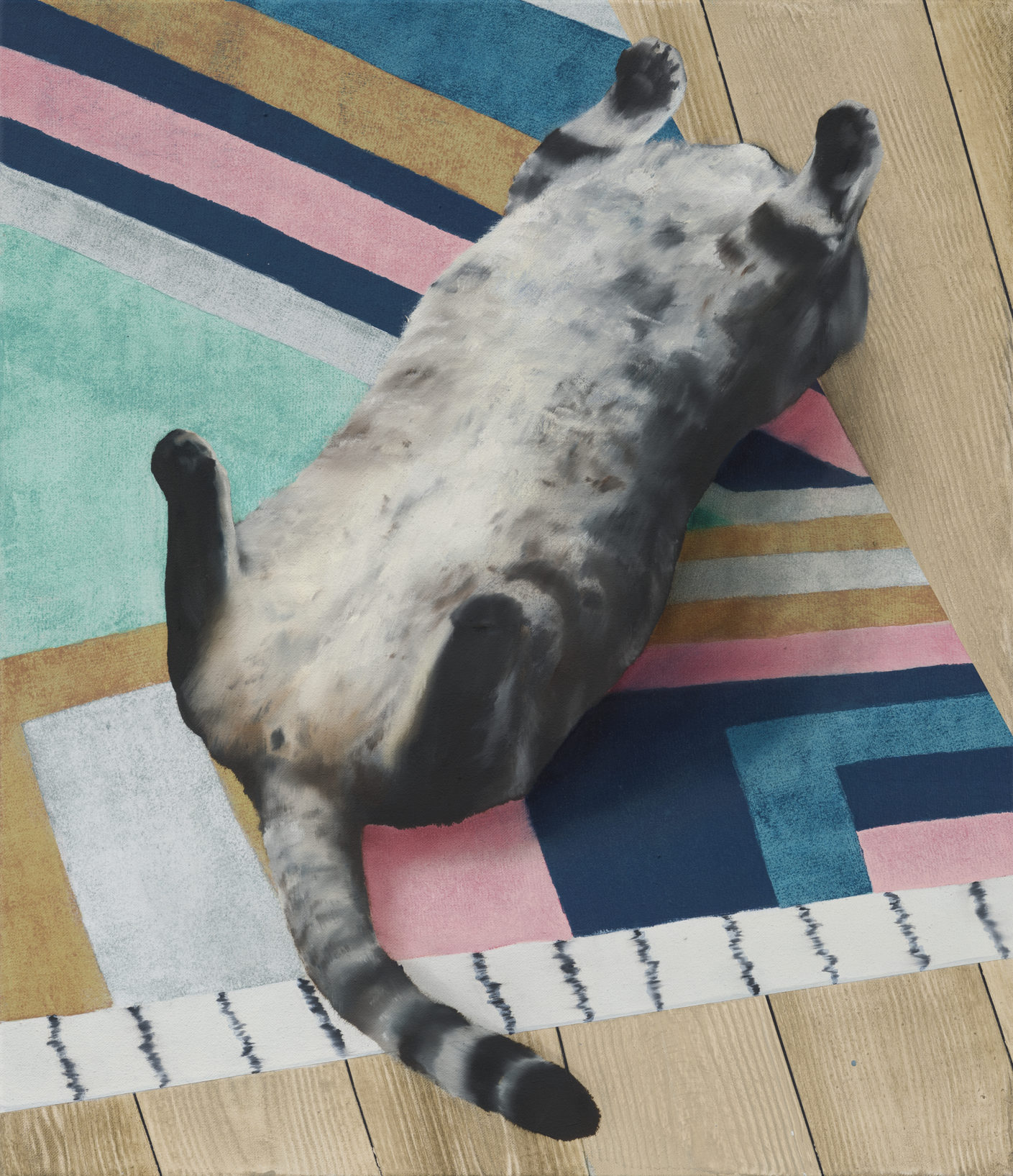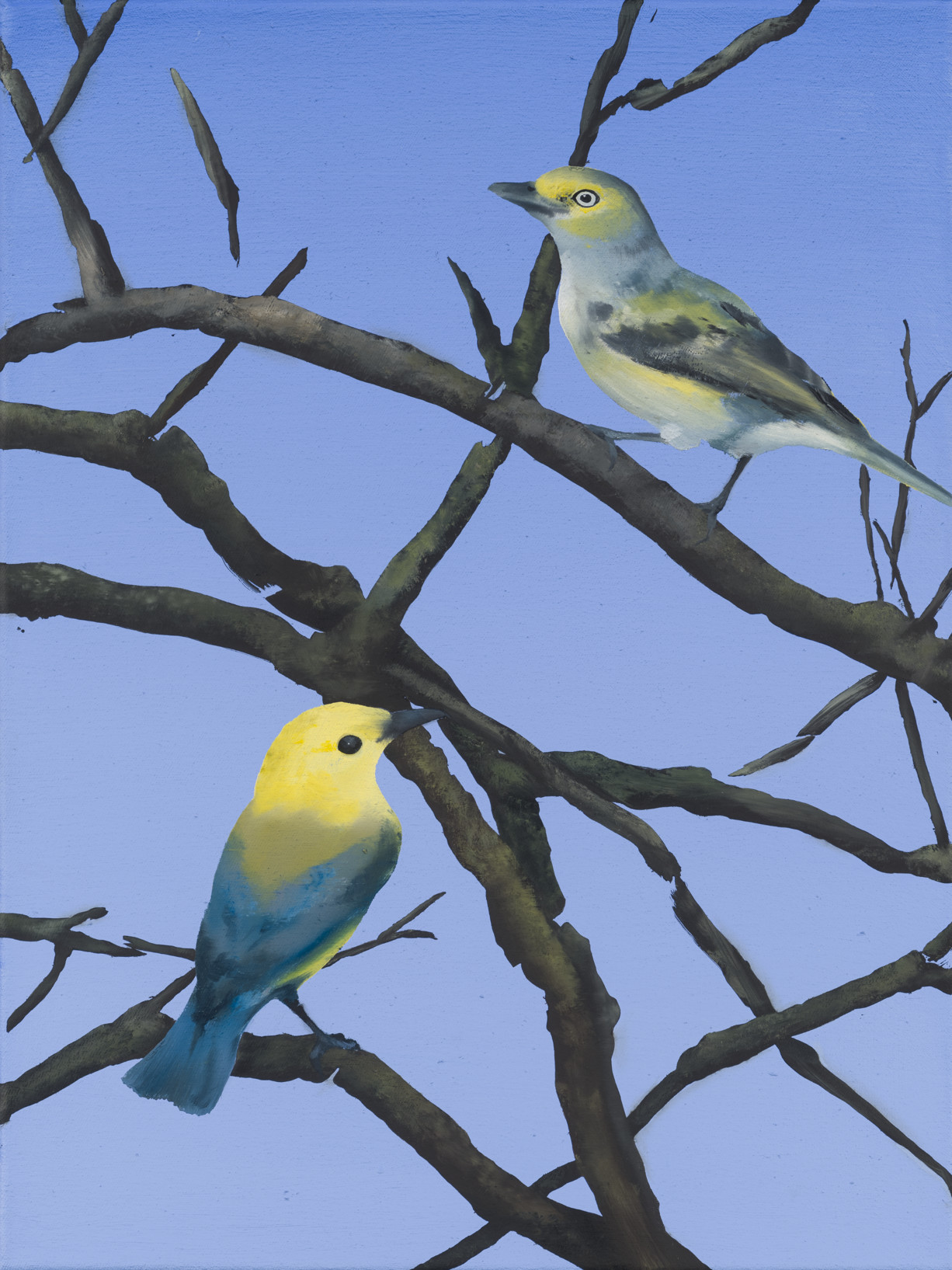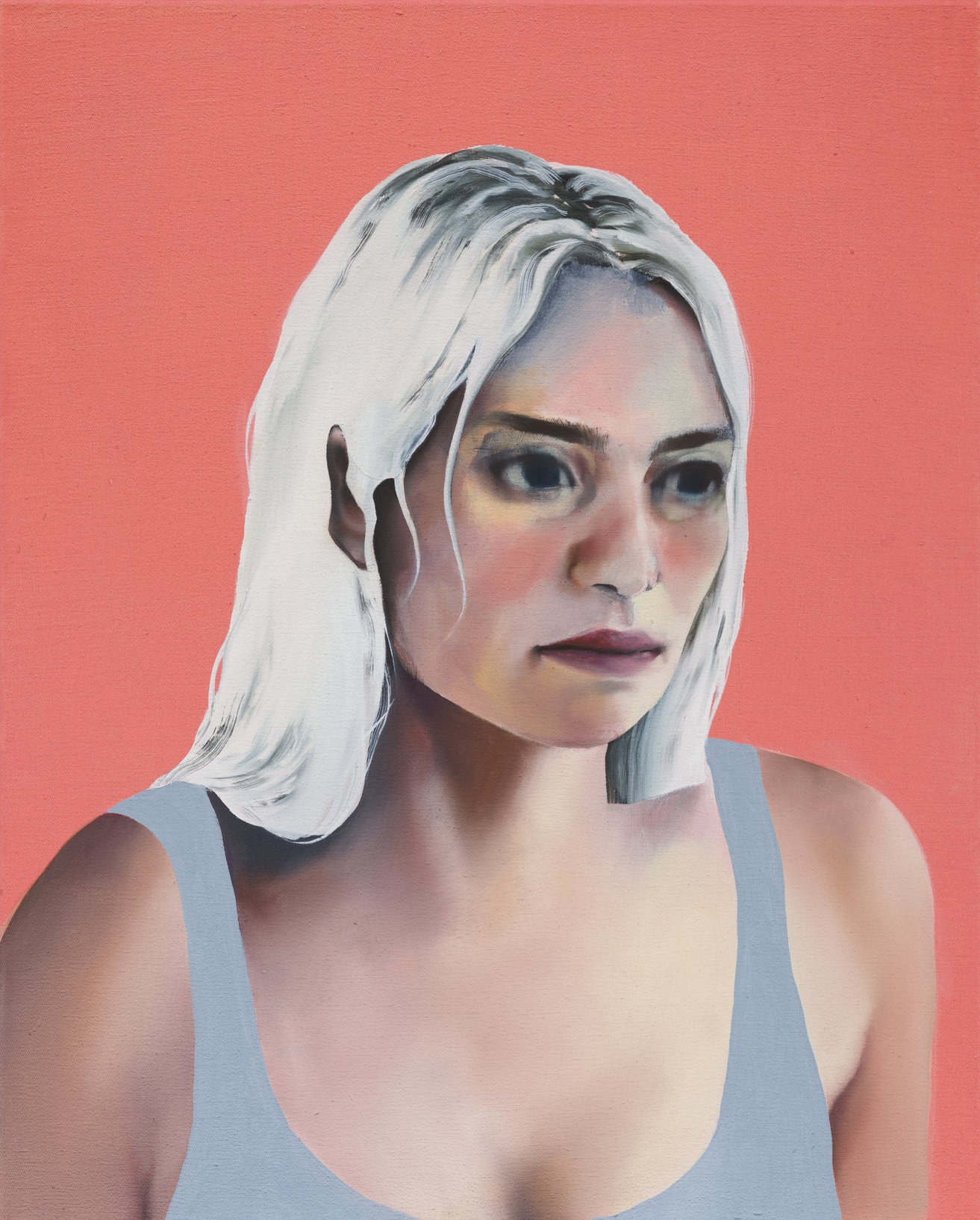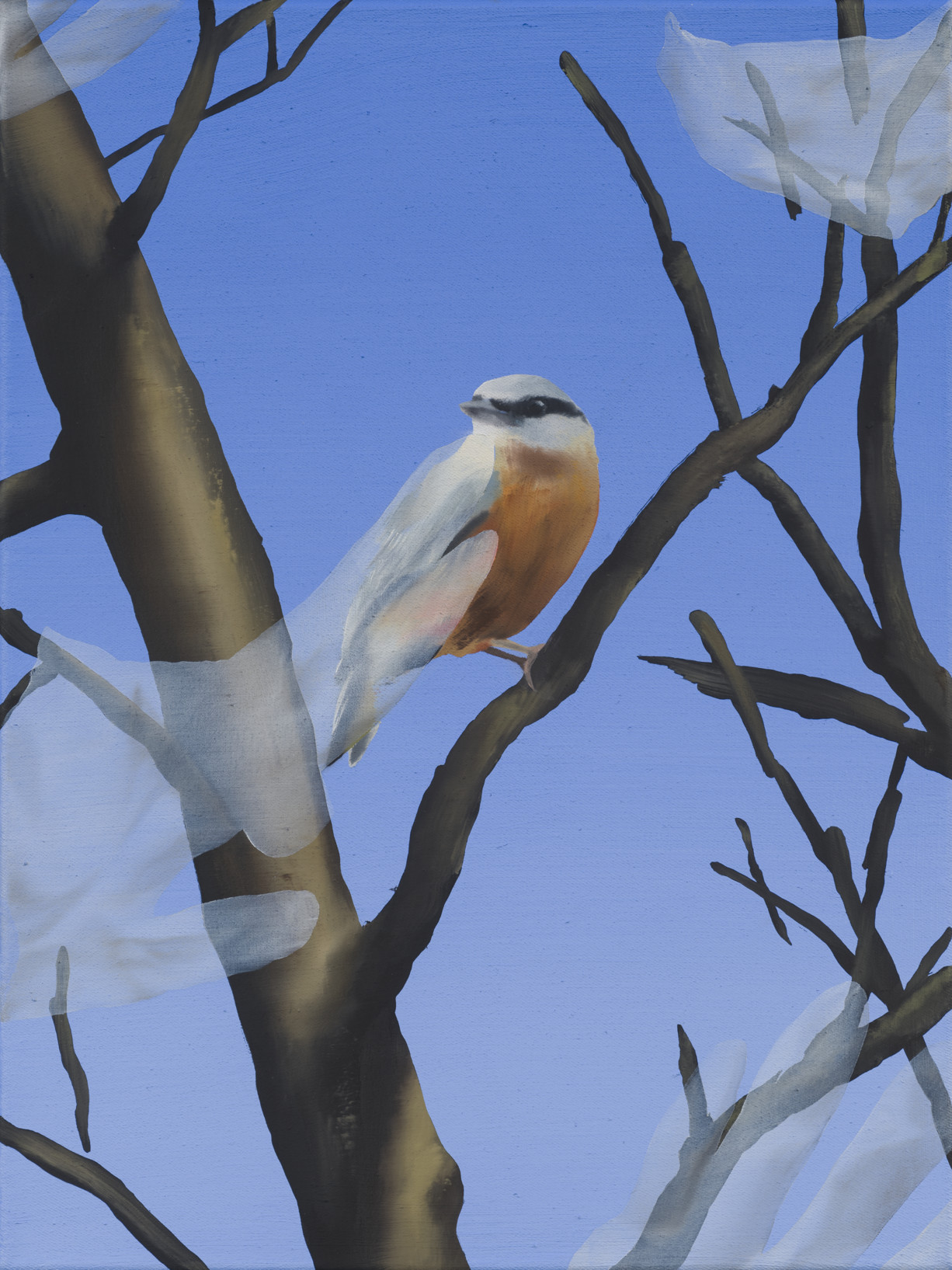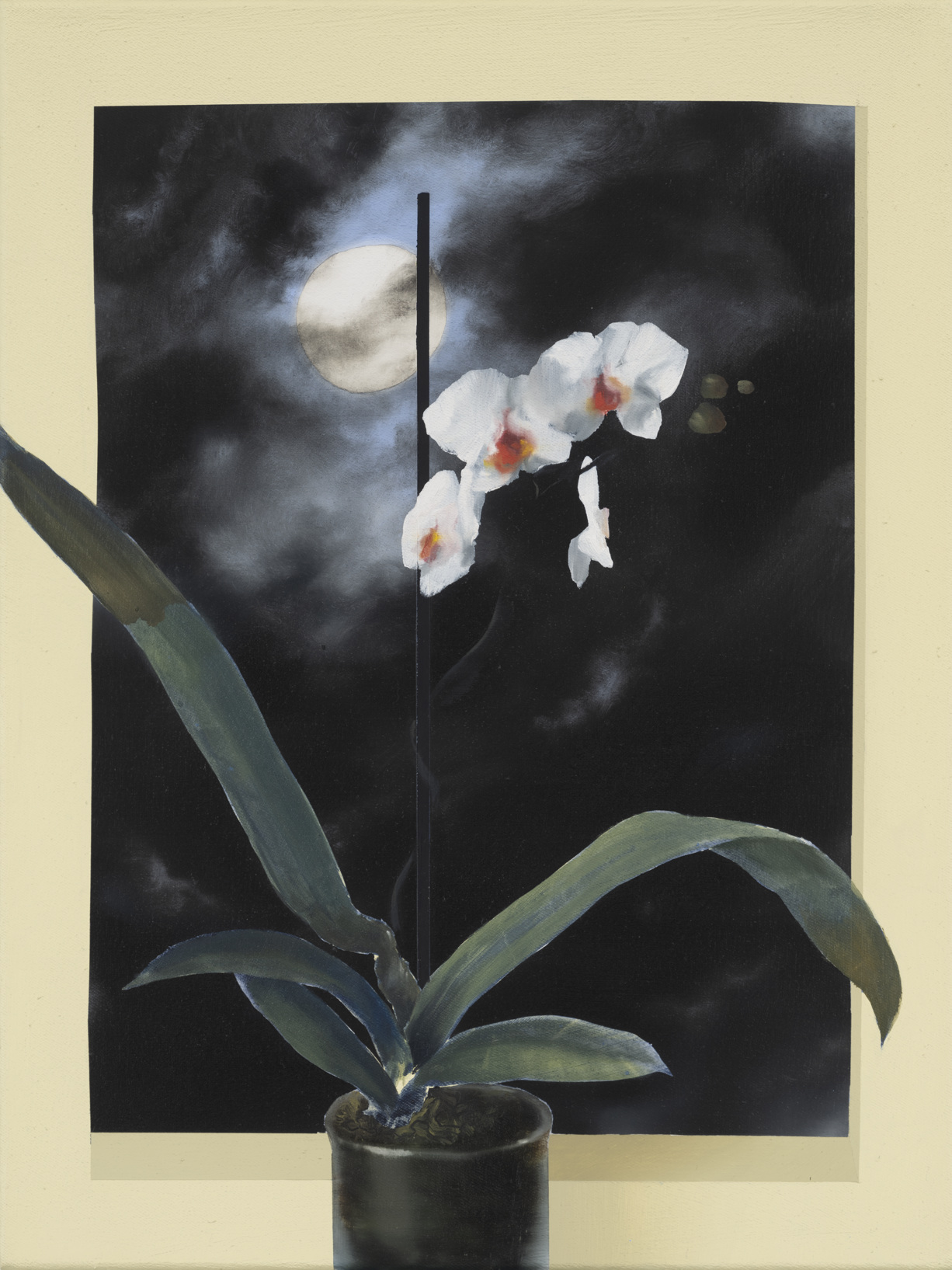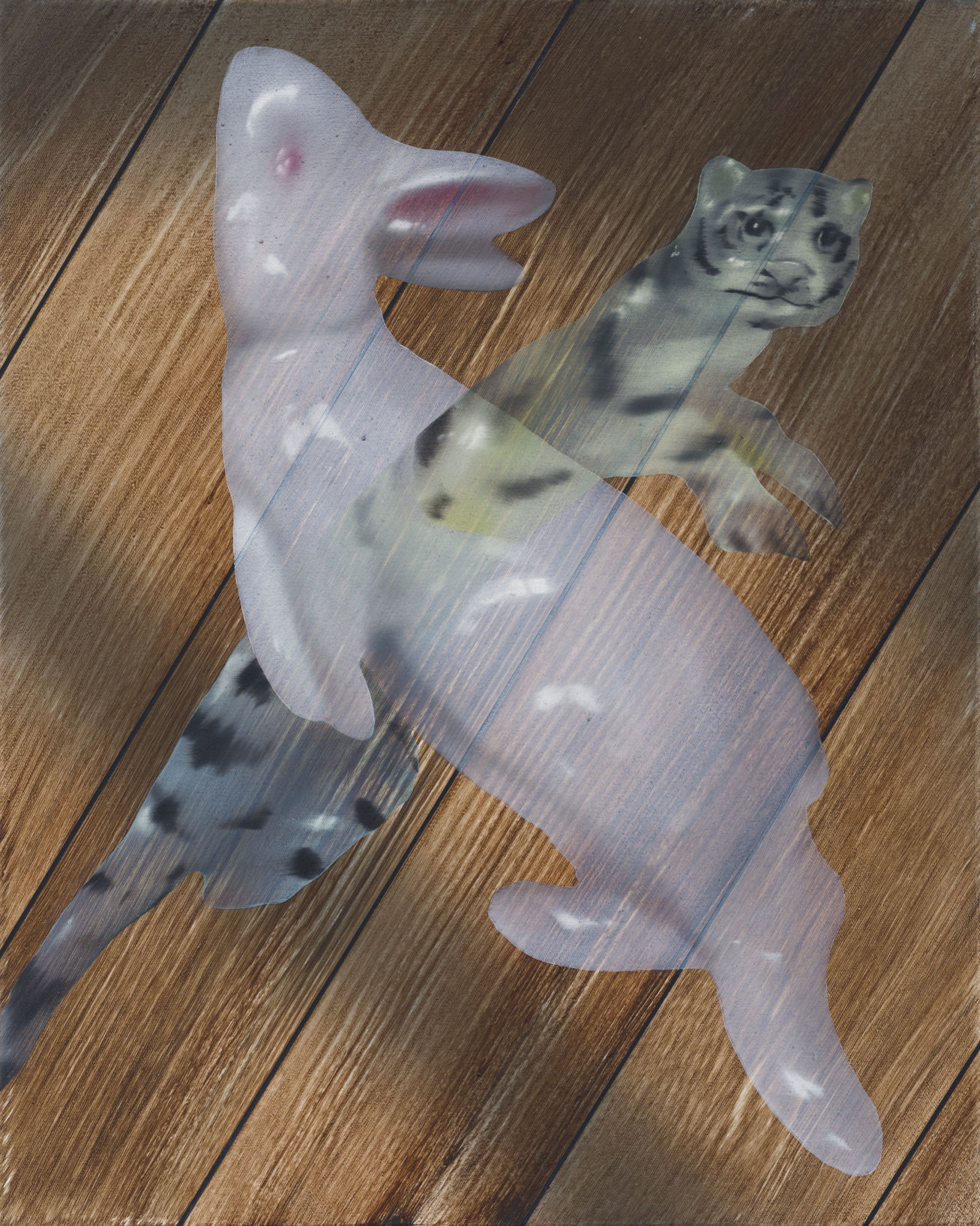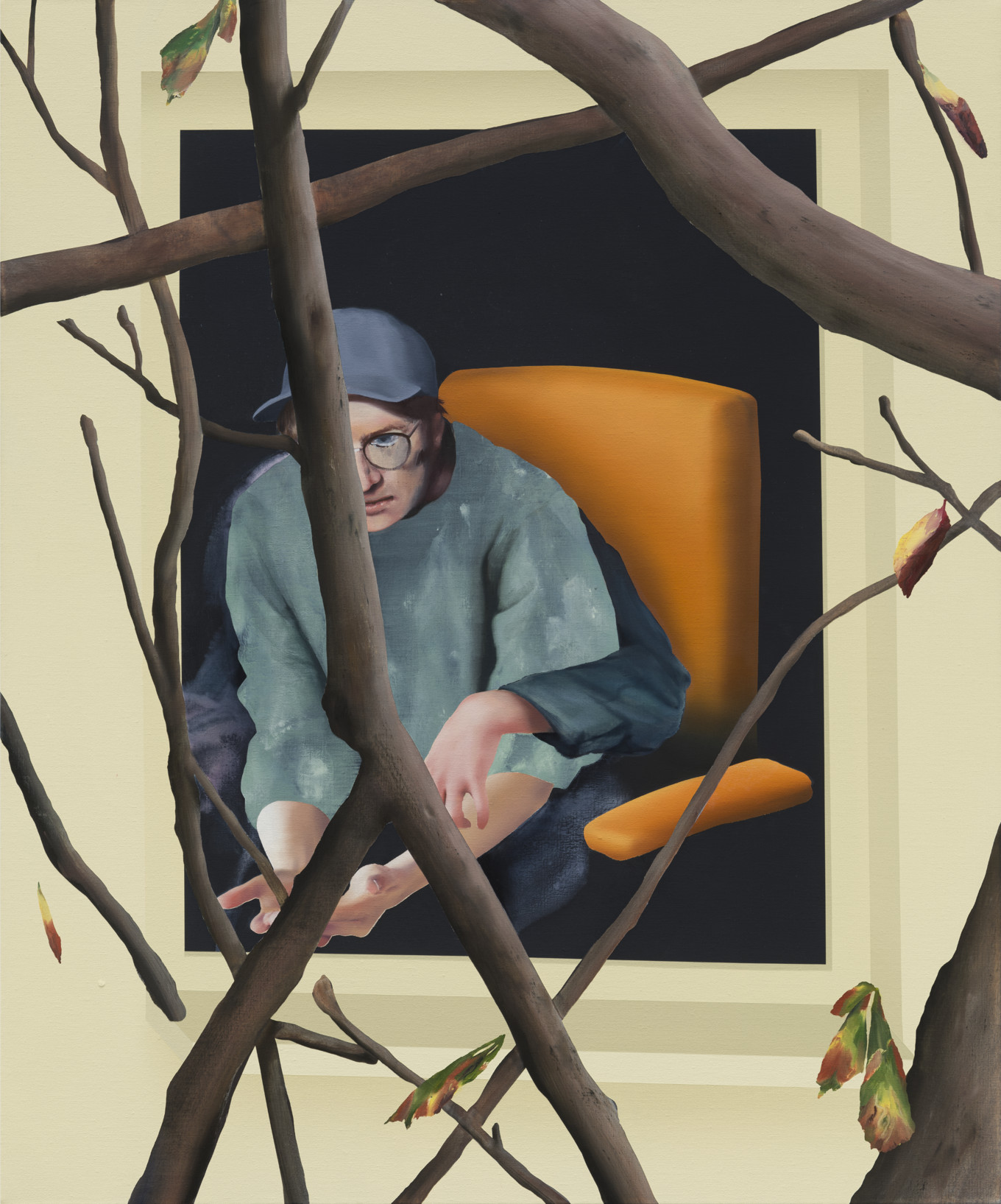Ellen Akimoto
Everybody's in the Room
28 June – 24 August 2025
Works
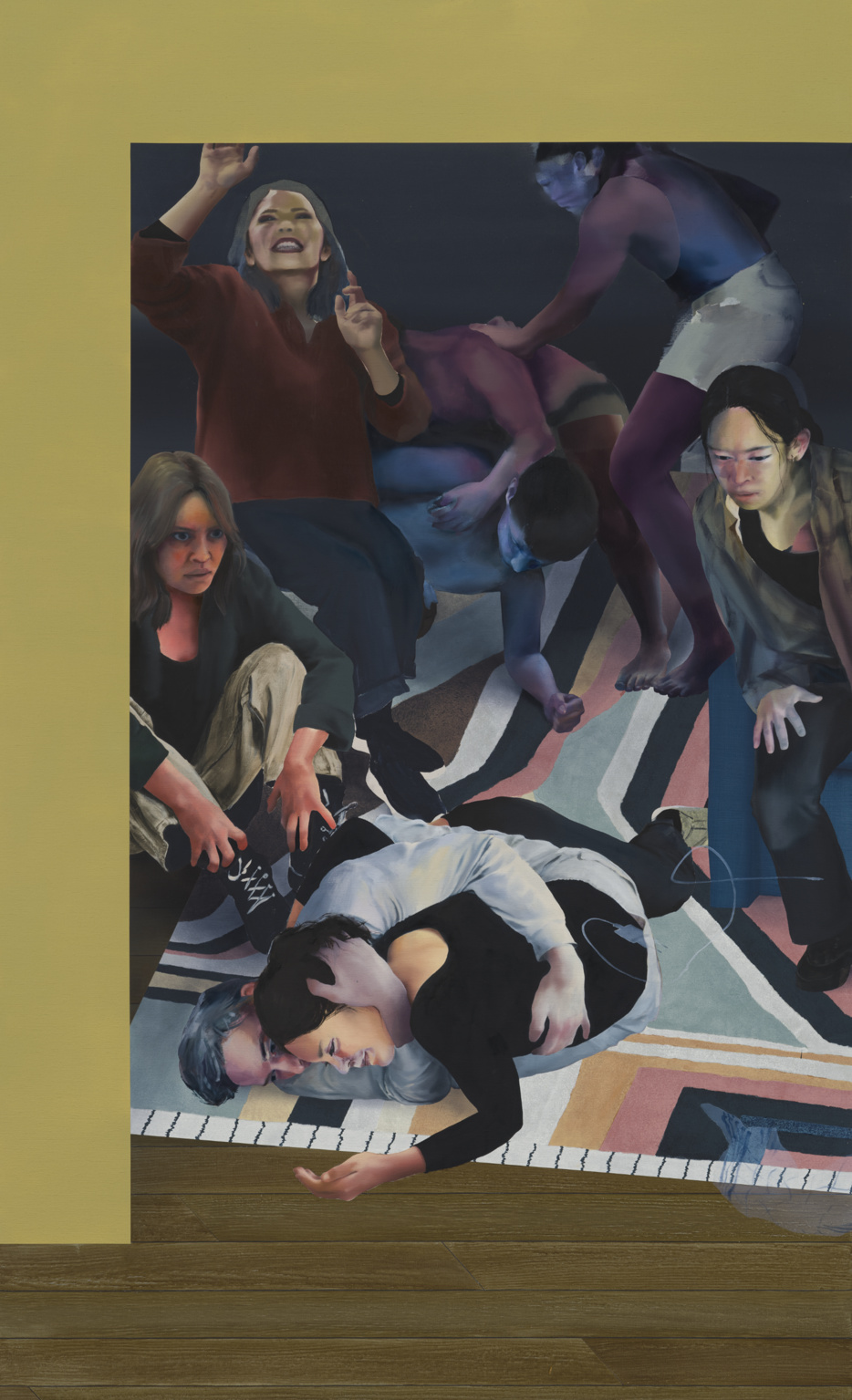
Everybody’s in the Room (Panel 1)
2025
Oil and acrylic on canvas
230 × 140 cm
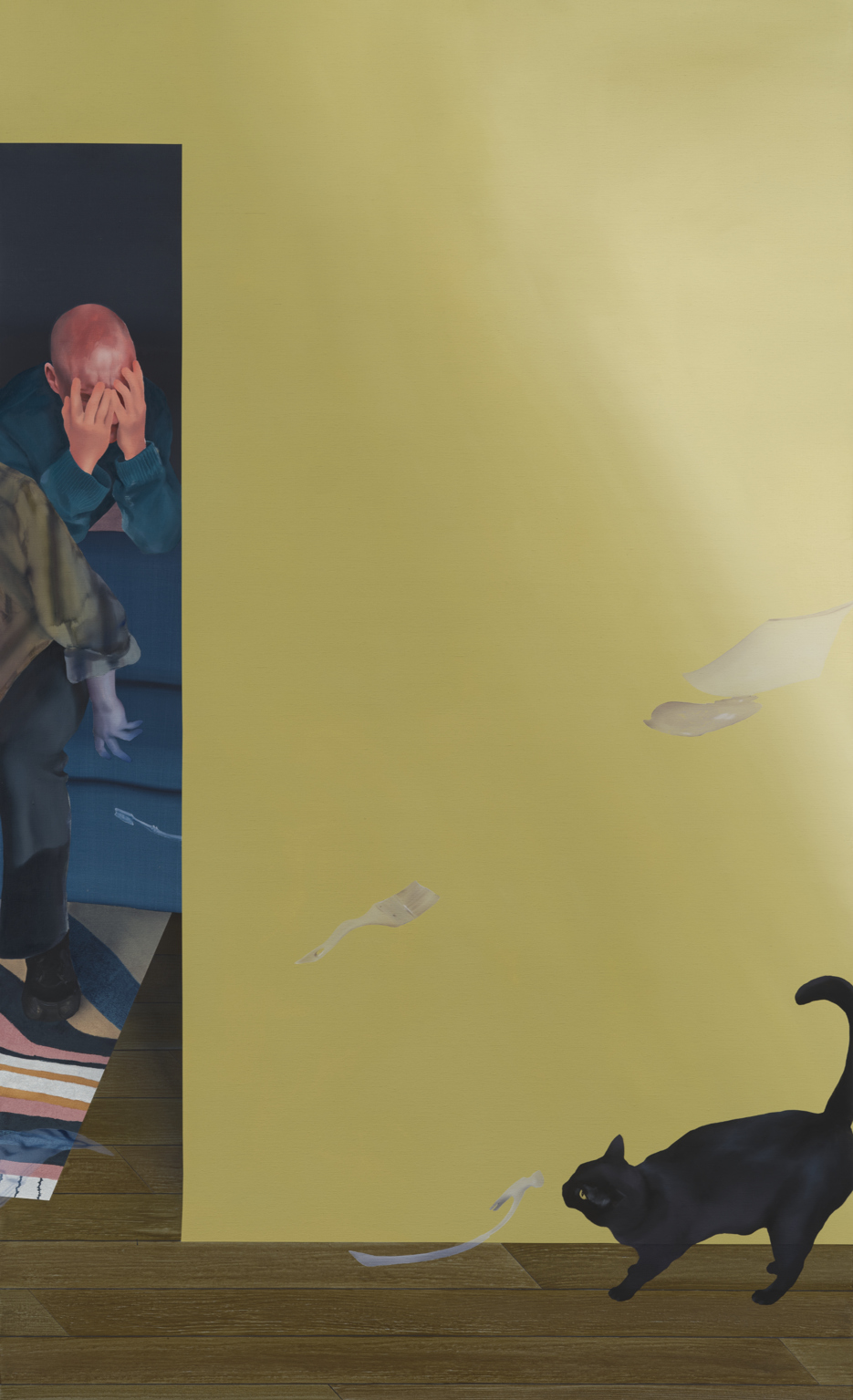
Everybody’s in the Room (Panel 2)
2025
Oil and acrylic on canvas
230 × 140 cm
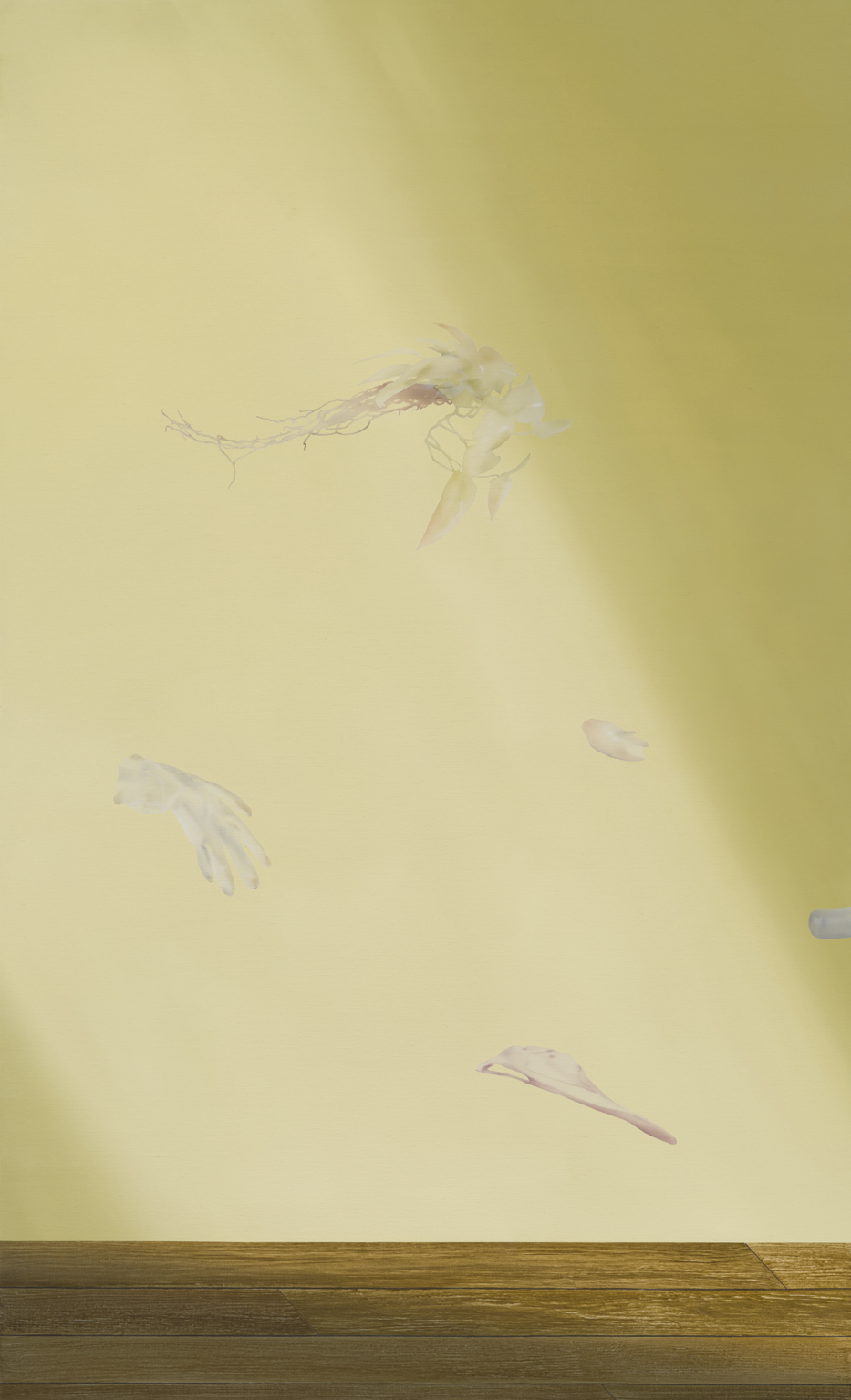
Everybody’s in the Room (Panel 3)
2025
Oil and acrylic on canvas
230 × 140 cm
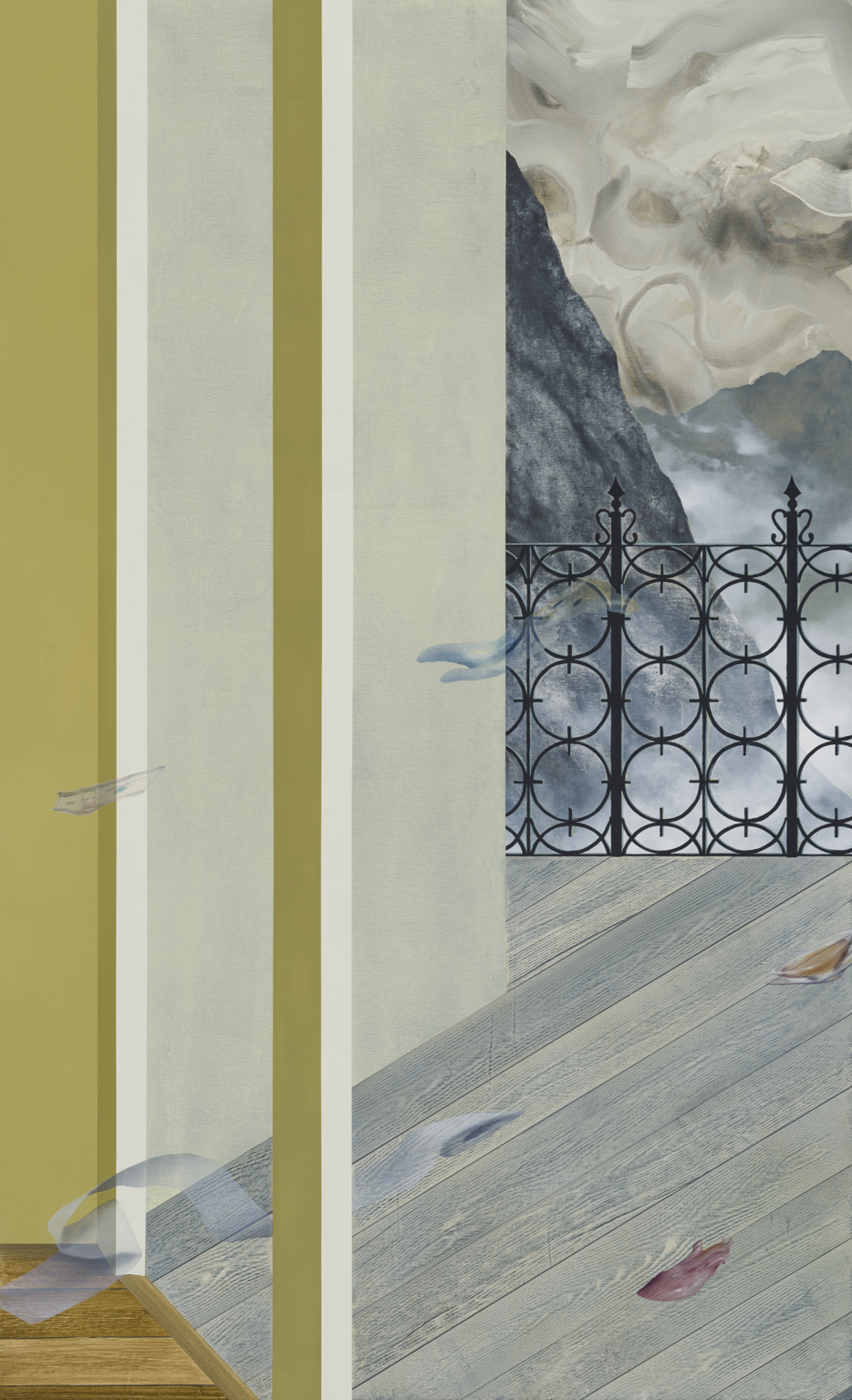
Everybody’s in the Room (Panel 4)
2025
Oil and acrylic on canvas
230 × 140 cm
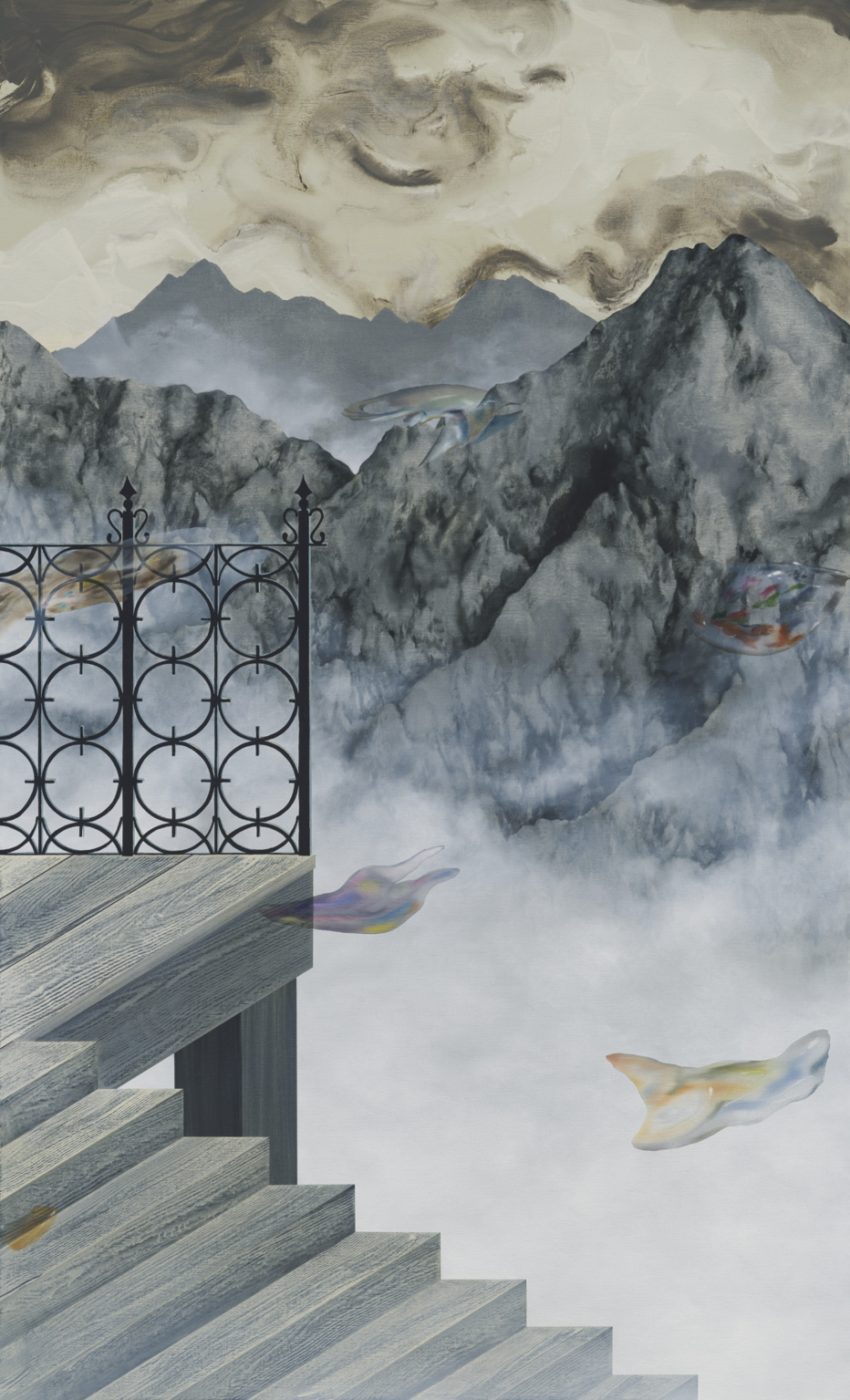
Everybody’s in the Room (Panel 5)
2025
Oil and acrylic on canvas
230 × 140 cm
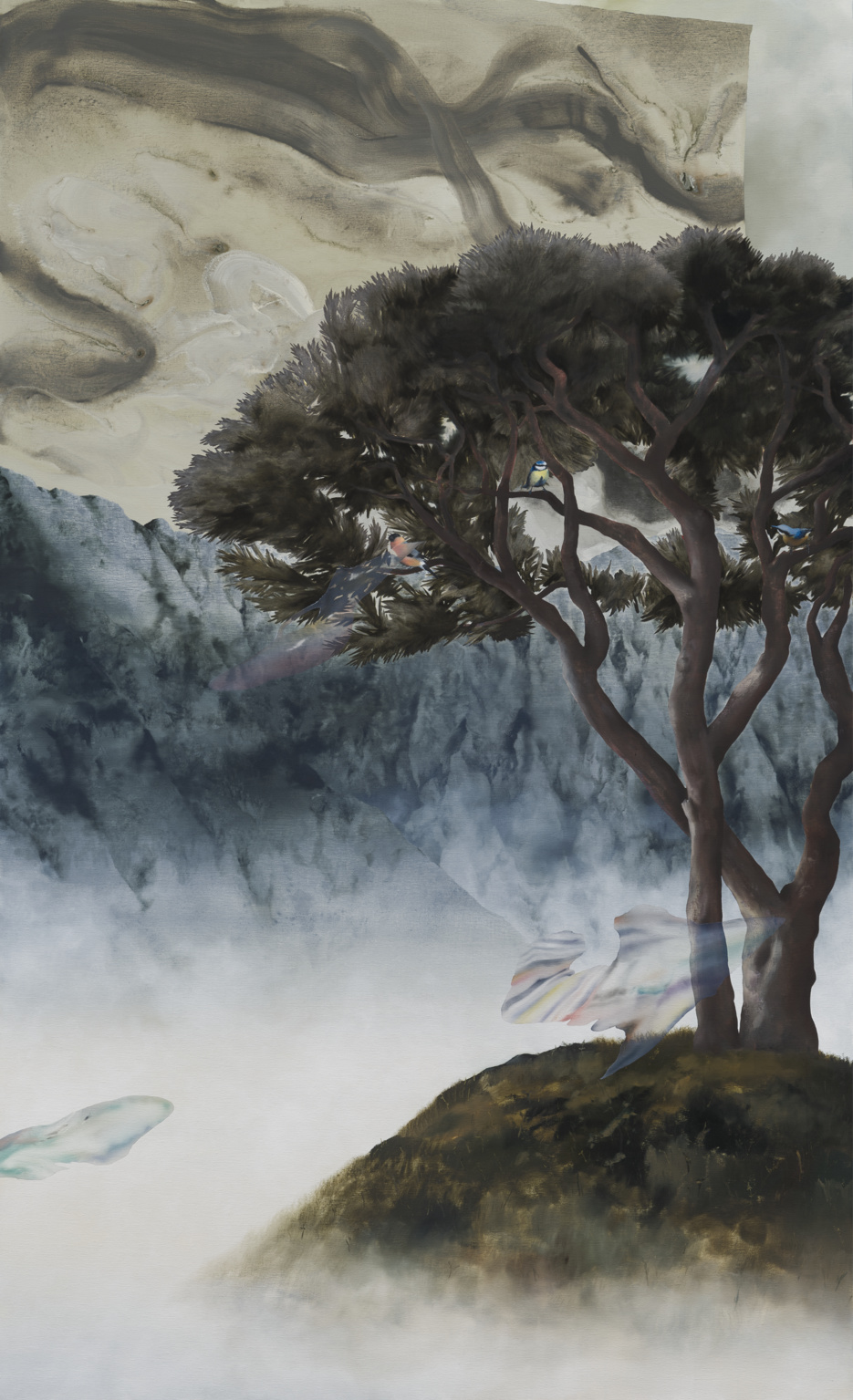
Everybody’s in the Room (Panel 6)
2025
Oil and acrylic on canvas
230 × 140 cm


Everybody’s in the Room
2025
Oil and acrylic on canvas
230 × 840 cm
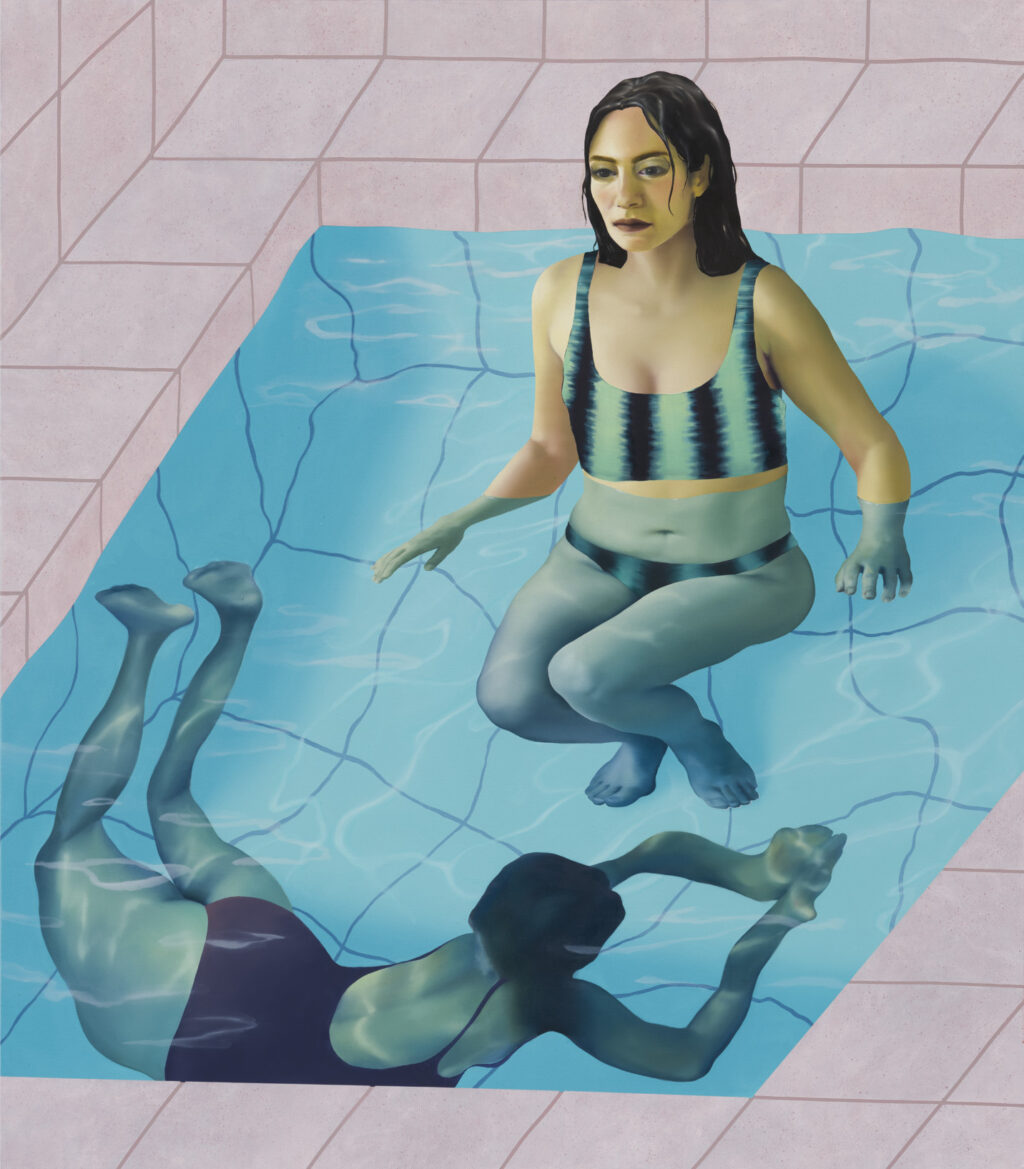
Not Alone in the Pool
2025
Oil and acrylic on canvas
160 × 140 cm
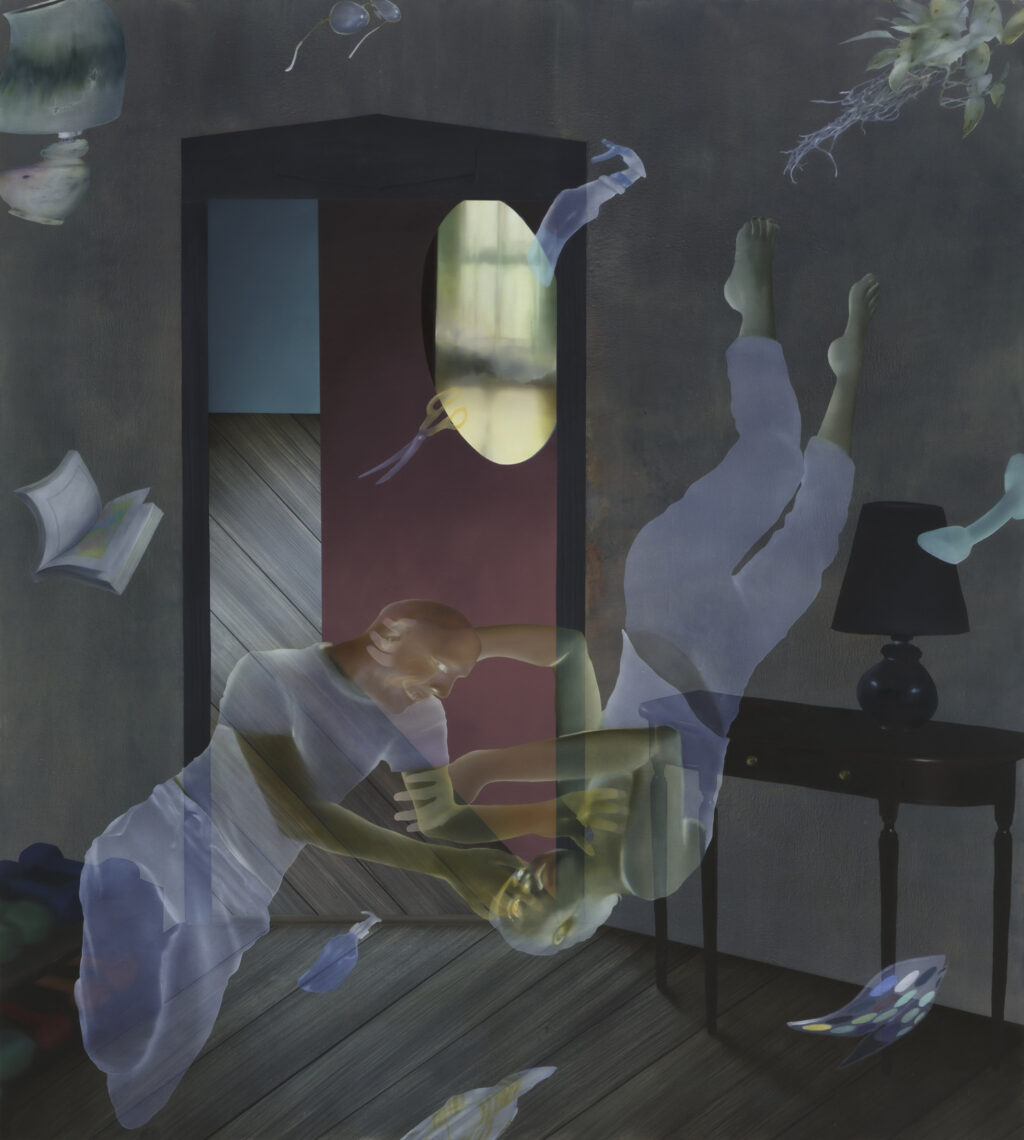
Ghost Room
2025
Oil and acrylic on canvas
205 × 180 cm
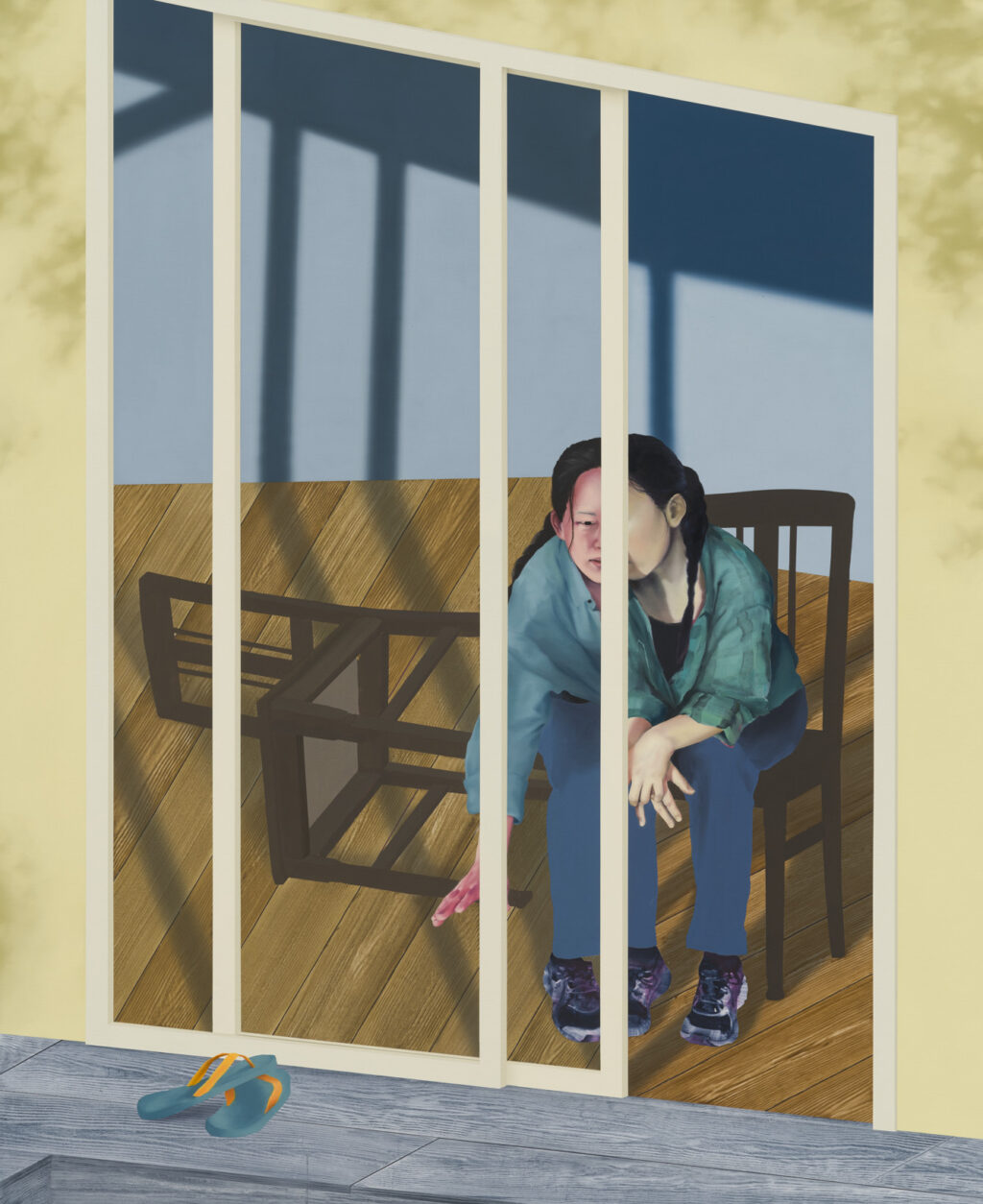
Sliding Glass Door
2025
Oil and acrylic on canvas
220 × 180 cm
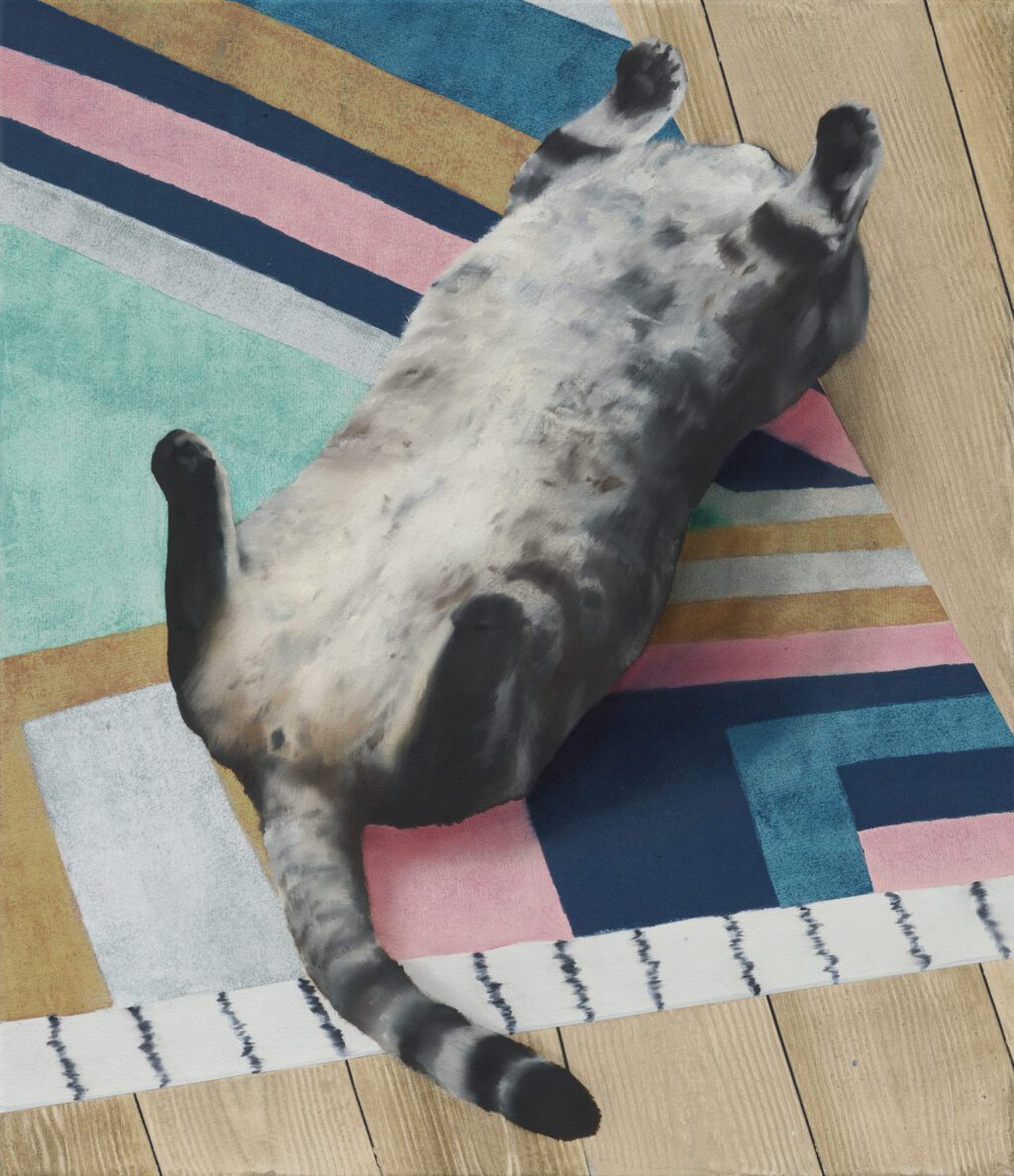
Cat on a Rug 2
2025
Oil and acrylic on canvas
70 × 60 cm
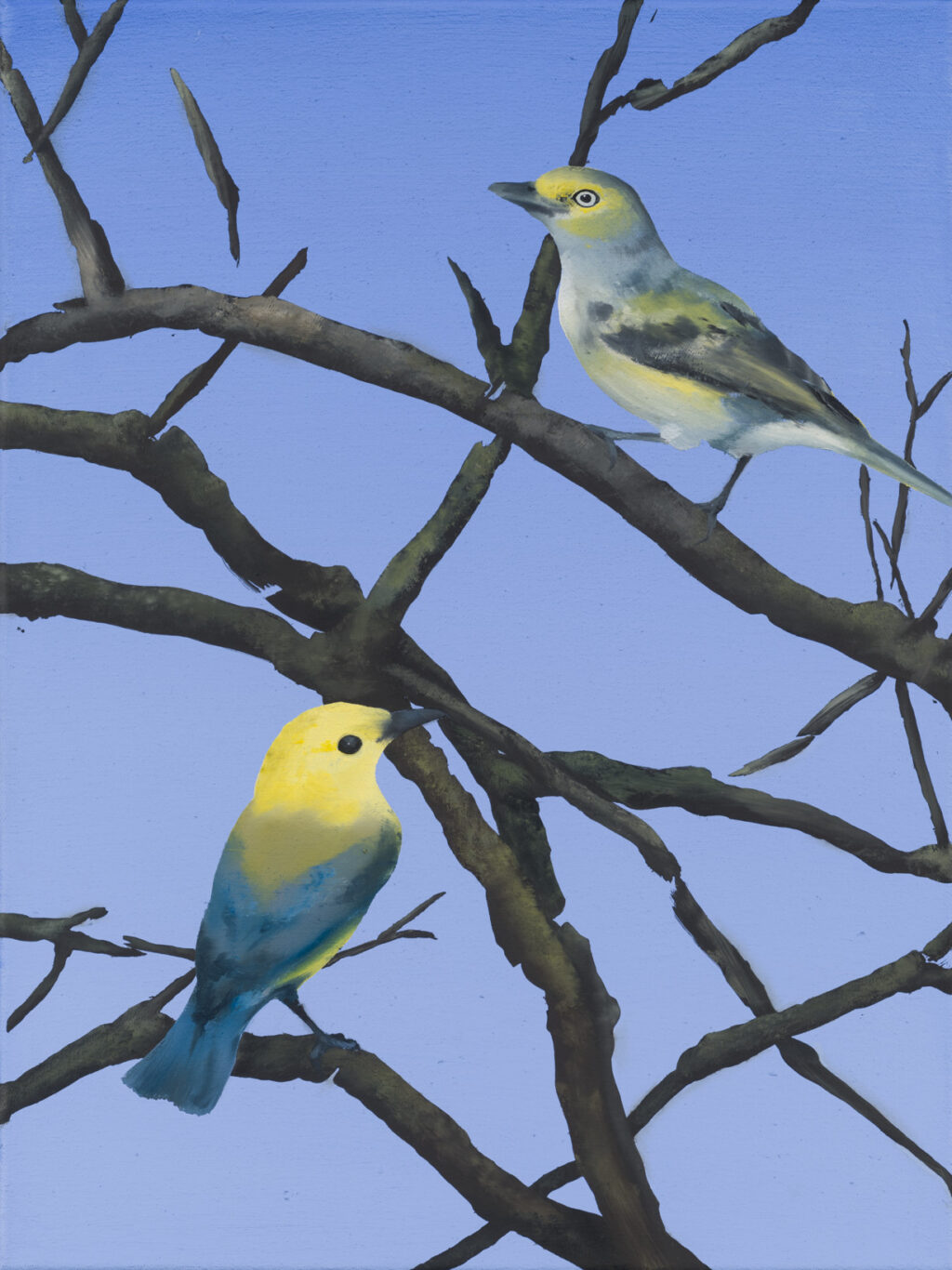
Birds in a Tree
2025
Oil and acrylic on canvas
40 × 30 cm

White Hair
2025
Oil and acrylic on canvas
50 × 40 cm
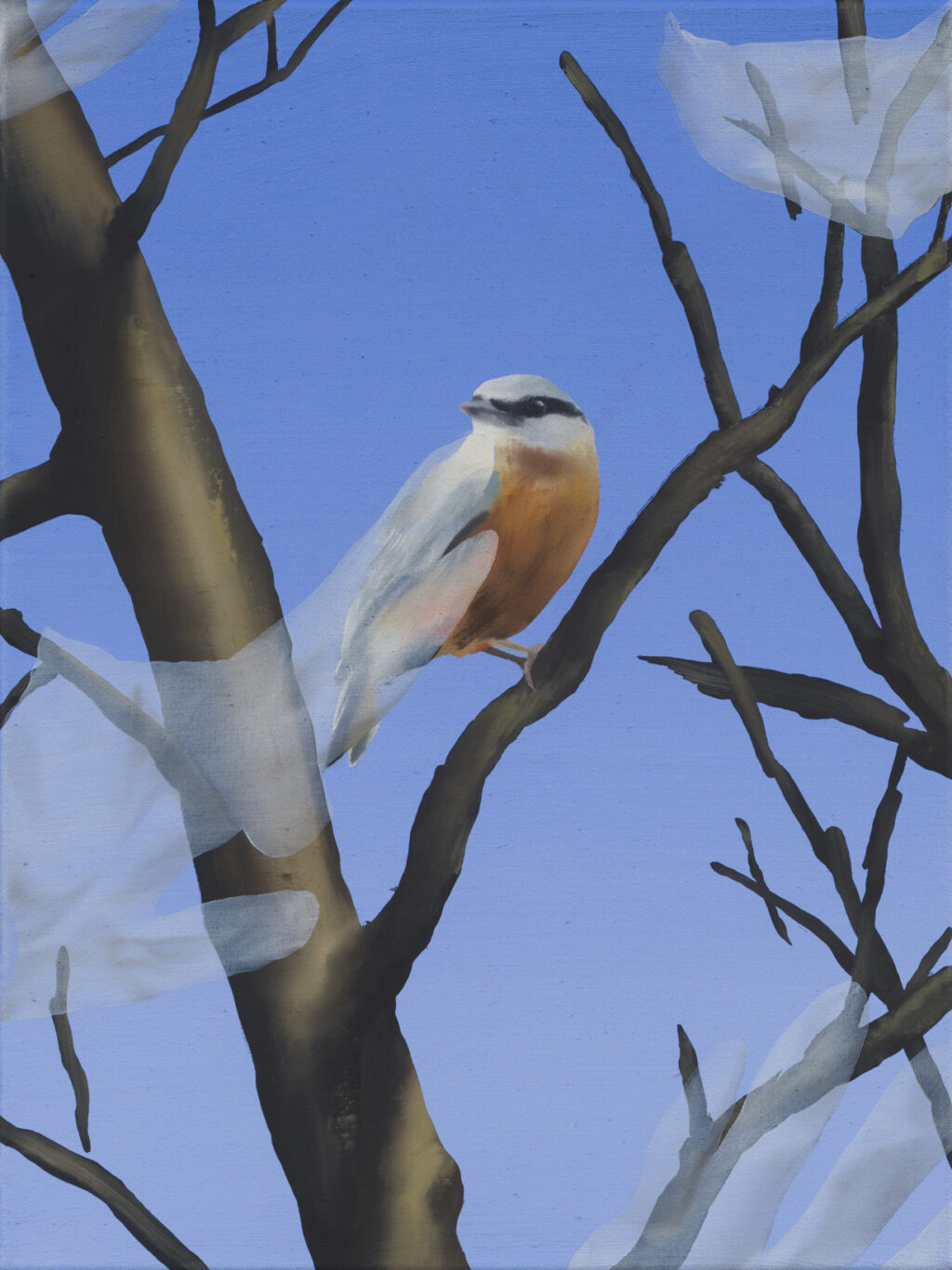
Bird and Ghosts
2025
Oil and acrylic on canvas
40 × 30 cm

Sick Orchid
2025
Oil and acrylic on canvas
40 × 30 cm
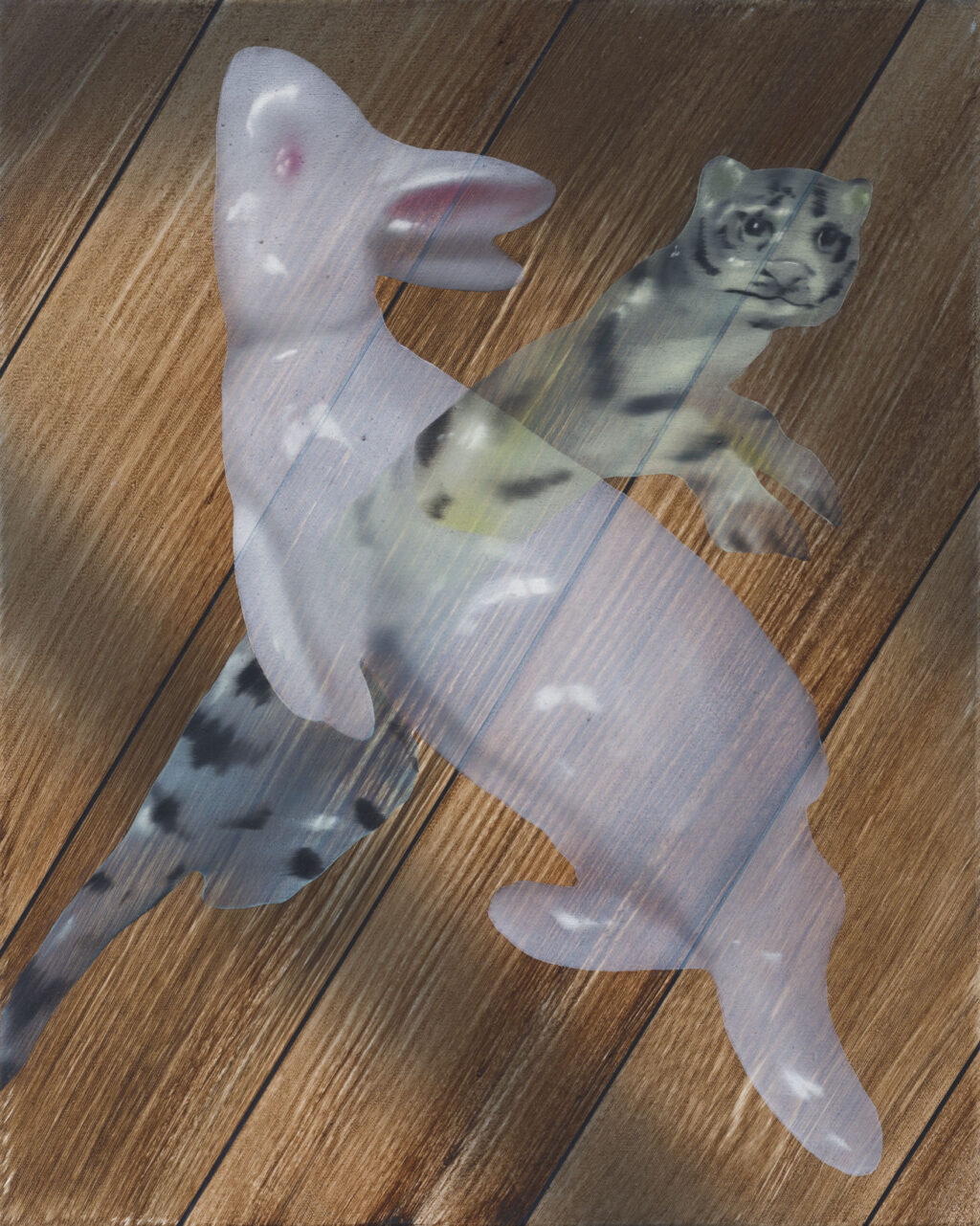
Play Fight
2025
Oil and acrylic on canvas
50 × 40 cm
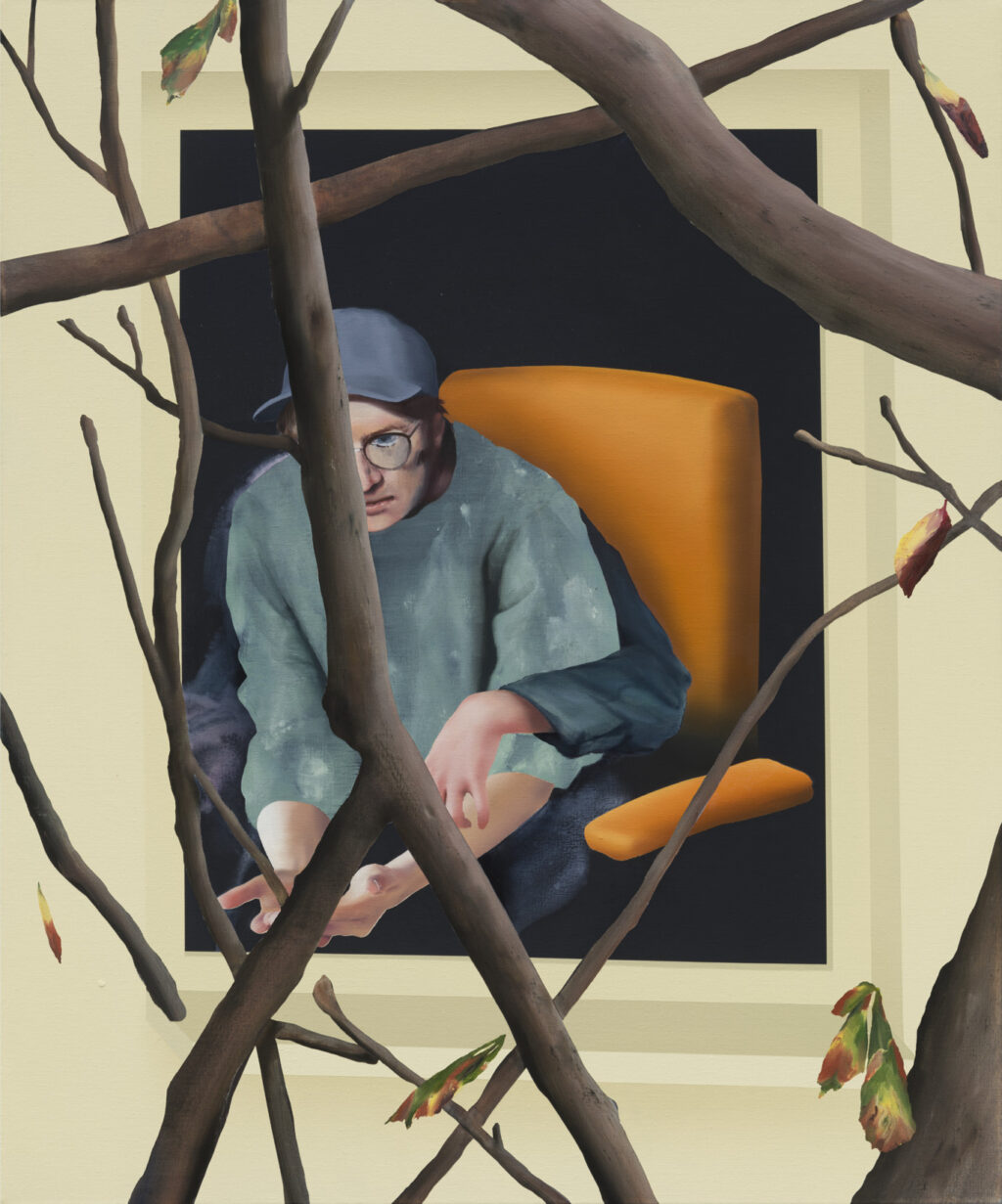
Window View
2025
Oil and acrylic on canvas
120 × 100 cm
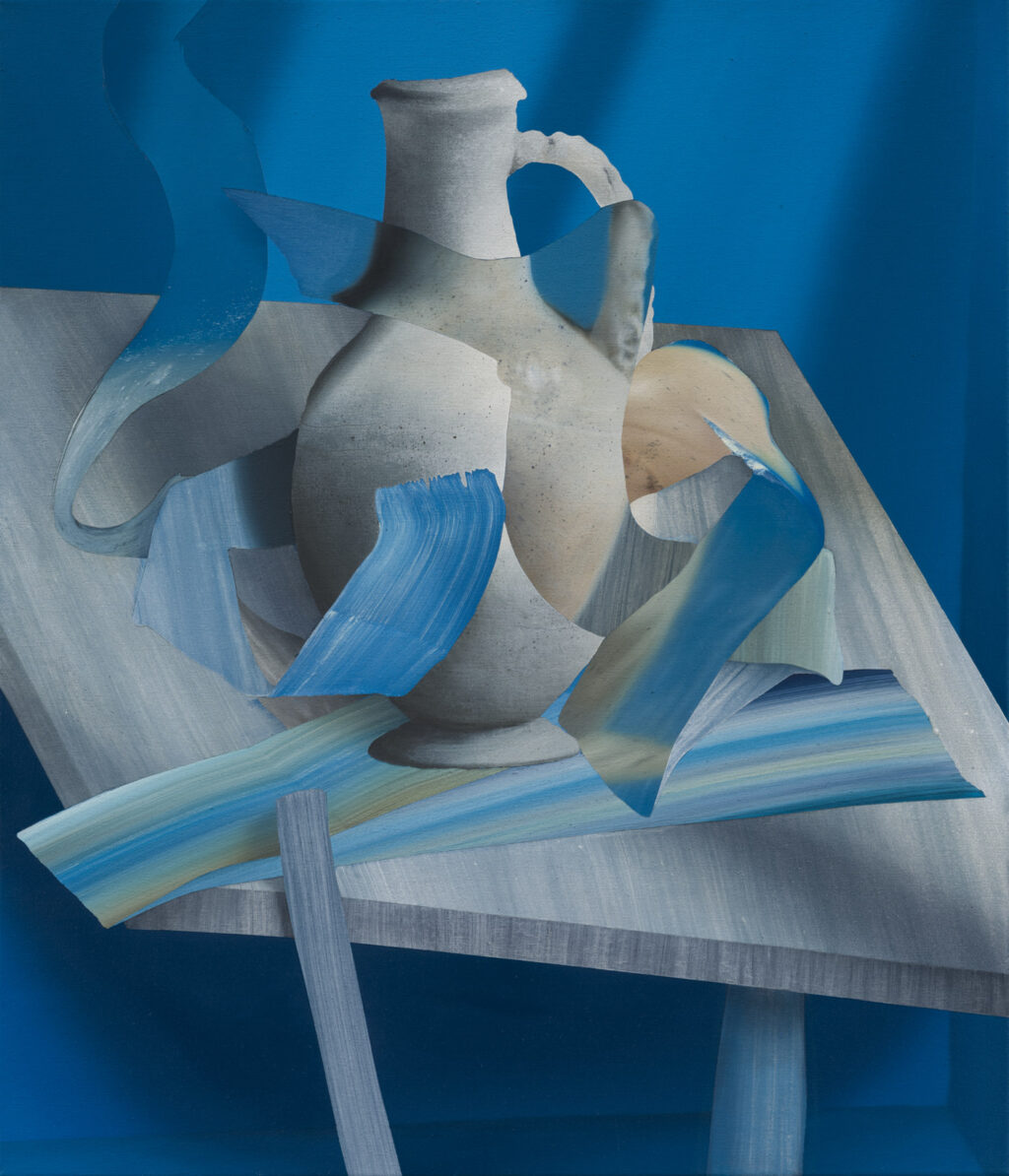
Night Confusion
2025
Oil and acrylic on canvas
70 × 60 cm
Text
With Everybody’s in the Room, Galerie Judin proudly presents Ellen Akimoto’s second solo exhibition with the gallery – featuring, at its center, her most ambitious painting to date. Spanning twelve meters across six large-format panels, each increasingly spaced apart, this monumental work also lends its title to the show.
The narrative opens in a schematic interior densely populated by human figures caught in heightened emotional states: shouting, grappling, desperation, fury, exaltation – and the occasional attempt to flee. A notorious black cat, both curious and wary, observes the tumult from a safe distance. What at first appears to be an ensemble of random individuals reveals itself to be a set of recurring archetypes. Their expressive gestures dominate the confined space. Except for a rug that delineates the arena of confrontation, there seem to be no objects in sight. However, looking more closely, the viewer can see a few pale forms drifting out of the room – a toothbrush, a charging cable, a tea towel.
This trickle turns into a flow as the sequence progresses across the panels and the scene begins to be populated by more objects – an apple, a cap, a heart, a houseplant, and so on – all rendered as spectral presences floating across the composition. These ghostlike forms eventually dissipate into a gently undulating landscape that carries a distinctively Japanese aesthetic. As the physical distance between panels increases, so too does the degree of abstraction of these symbolic objects. Akimoto deftly explores the shifting significance of our relationships – to ourselves, to others, and to the material world that surrounds us.
This dynamic is also particularly poignant in Ghost Room, where a couple’s emotionally charged interaction plays out in a sparse interior, with the couple and their objects flying as disembodied echoes – or perhaps imagined projections – of inner turmoil. Related themes recur throughout the exhibition’s twelve new paintings, notably in Sliding Glass Door and Not Alone in the Pool. Here, as so often in Akimoto’s work, architectural elements mirror or fragmentize the human figure, suggesting a psychological architecture just as complex and layered
Continue reading
With this new body of work, Akimoto offers a profound meditation on the fractured, multifaceted nature of the self and its relations to the outside world. Many of us are familiar with the sensation of being caught in a multidimensional conflict with our inner selves – a notion that finds theoretical grounding in the early 20th-century writings of Swiss psychiatrist Carl Gustav Jung.
Building on and departing from the ideas of Freud, Jung described the psyche as a complex society in which conscious and unconscious components coexist and contend. He identified several key elements, three of which resonate particularly with Akimoto’s compositions: the persona – the mask presented to the world; the animus – the internalized image of the opposite sex; and the shadow – the disowned or socially unacceptable parts of ourselves, often repressed or projected onto others. Akimoto visualizes these psychological dimensions not as abstract theory, but through compelling, haunting imagery.
Her exploration extends beyond the human figure to include domestic interiors and personal objects, presented as intimate reflections of internal states. Even the cat makes a return – this time, provocatively reclining on a cozy carpet in Cat on a Rug 2, its underbelly defiantly presented to the viewer. What might seem like comic relief reveals another psychological layer: pets, after all, are often mirrors of their owner. And recent studies suggest – much to the dismay of dog lovers – that cat owners possess especially nuanced personality structures, allowing them to tolerate, and perhaps even appreciate, the inconsistencies of their feline companions. They, it seems, already know: Everybody’s in the Room– and they’ve made peace with the accompanying ghosts and shadows.
Following the presentation at Galerie Judin, Akimoto’s exhibition will travel to the Kunstverein Ulm, where it will be on display from September 2025.
Video
Exhibition Tour
Video Art/Beats
